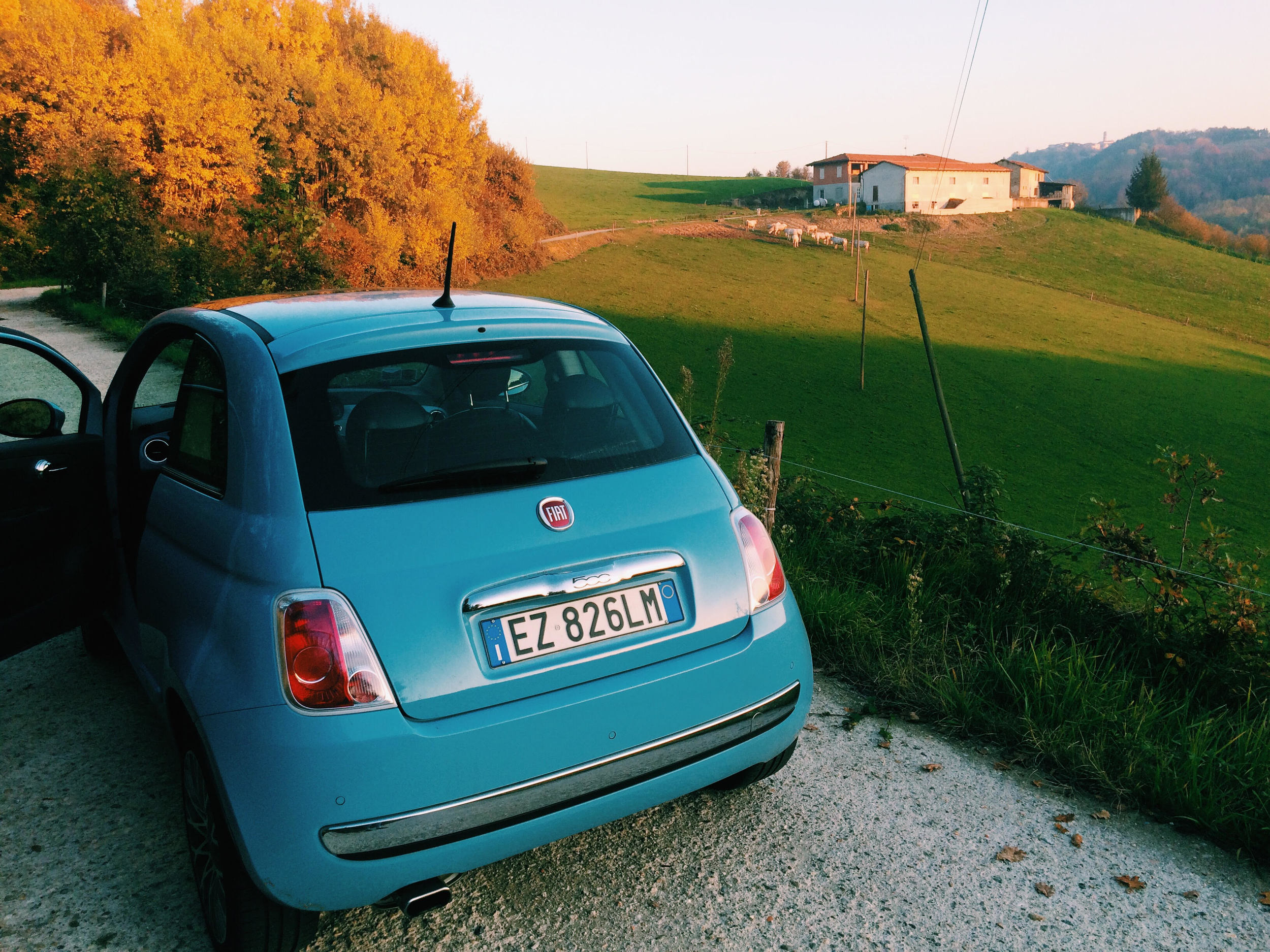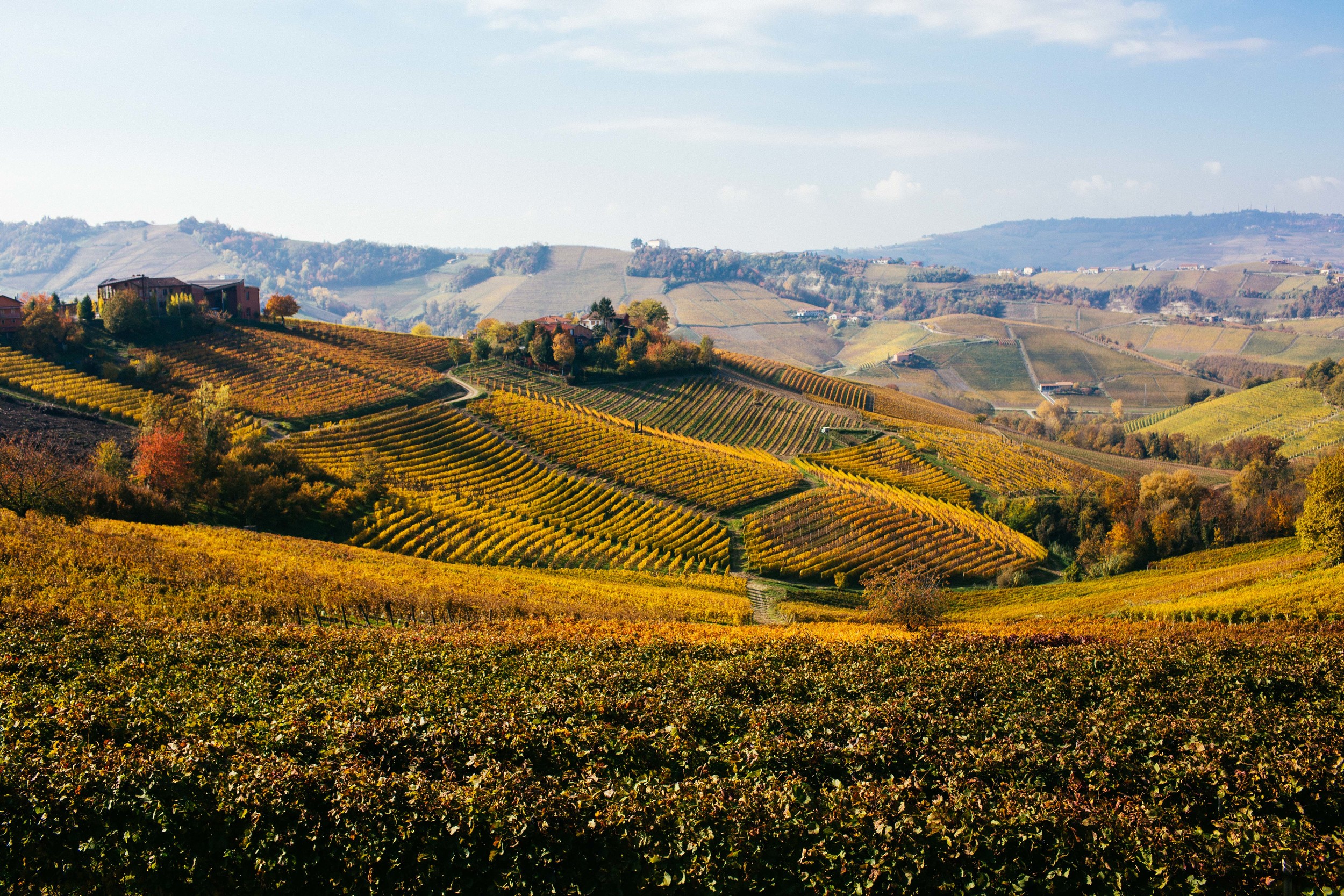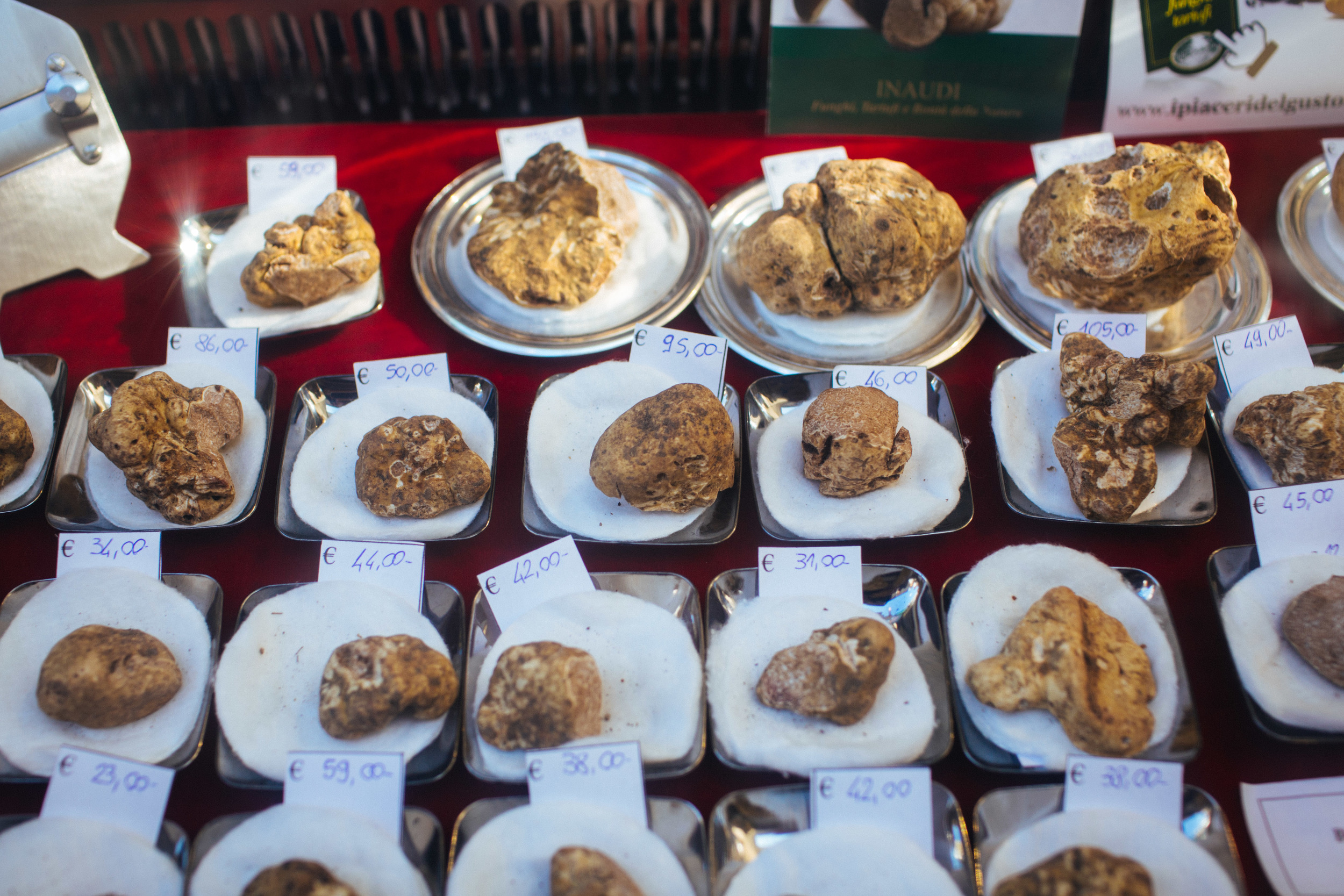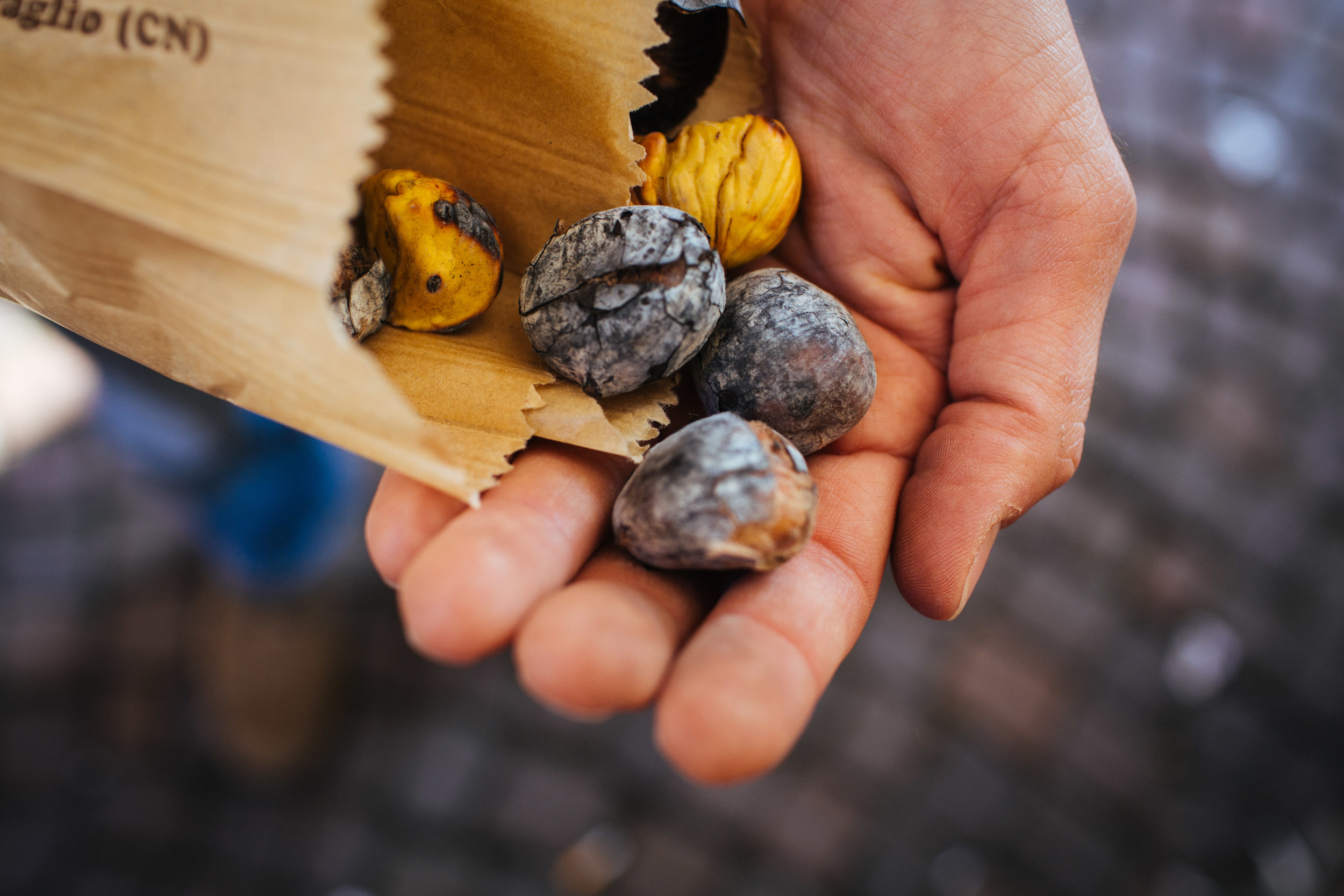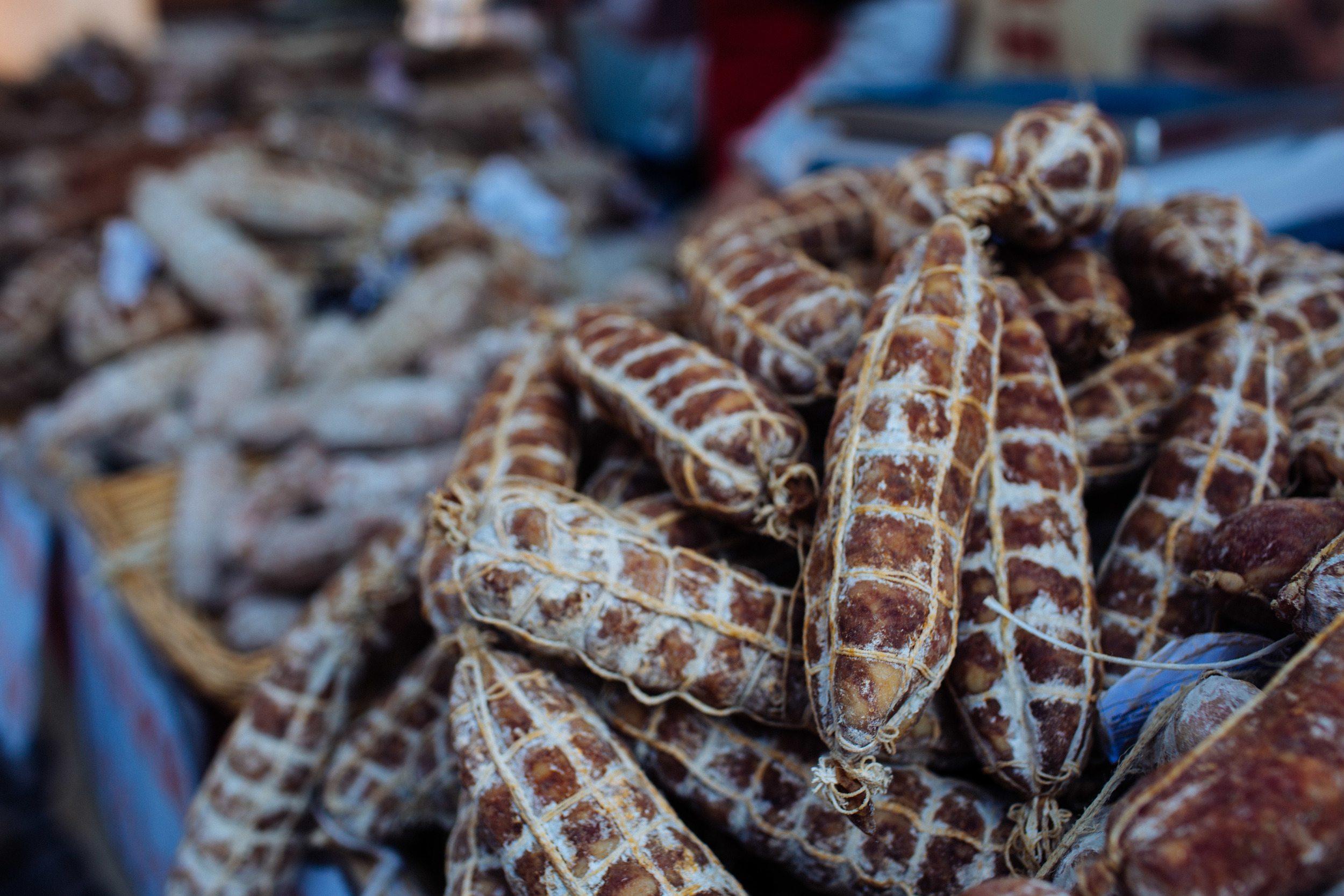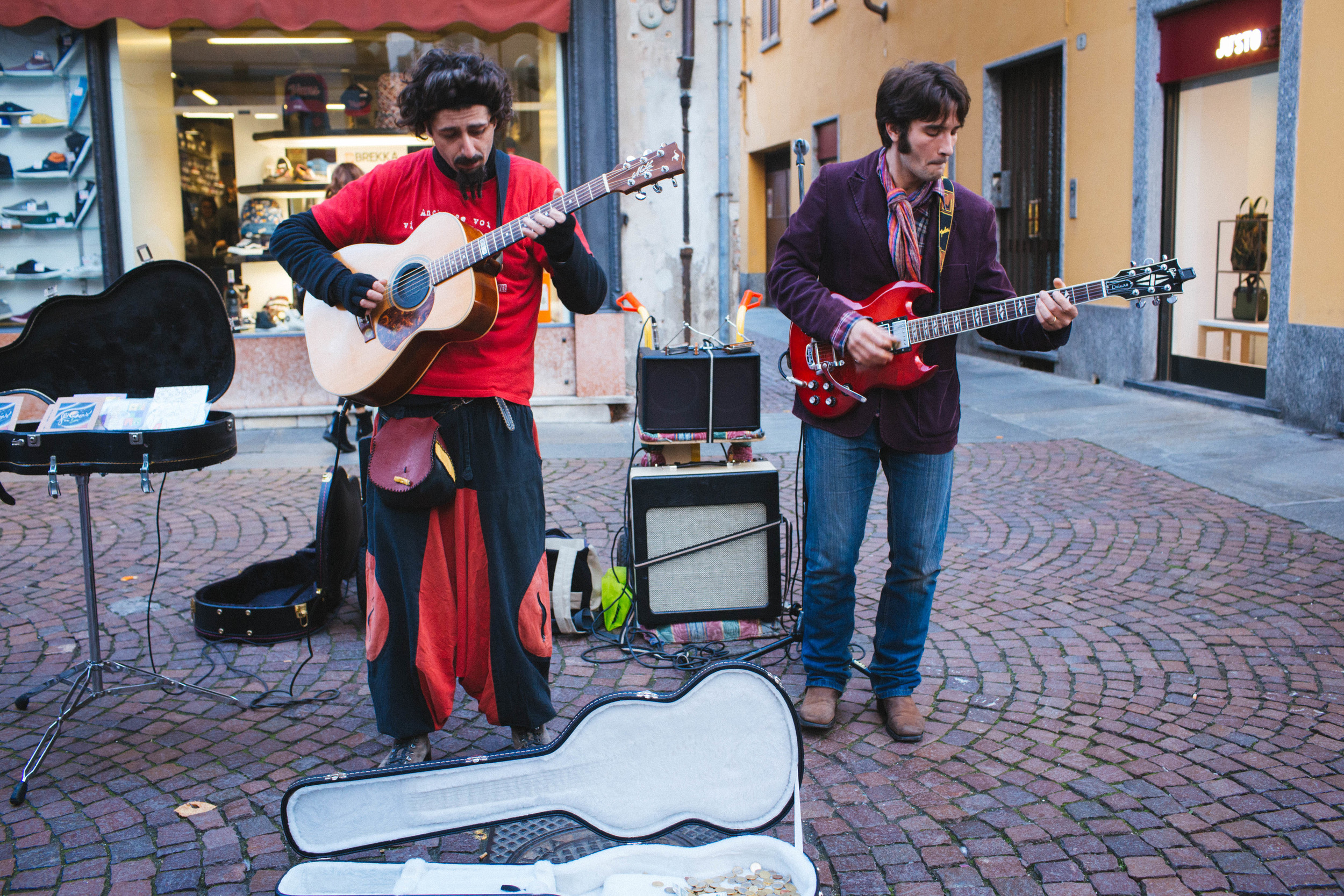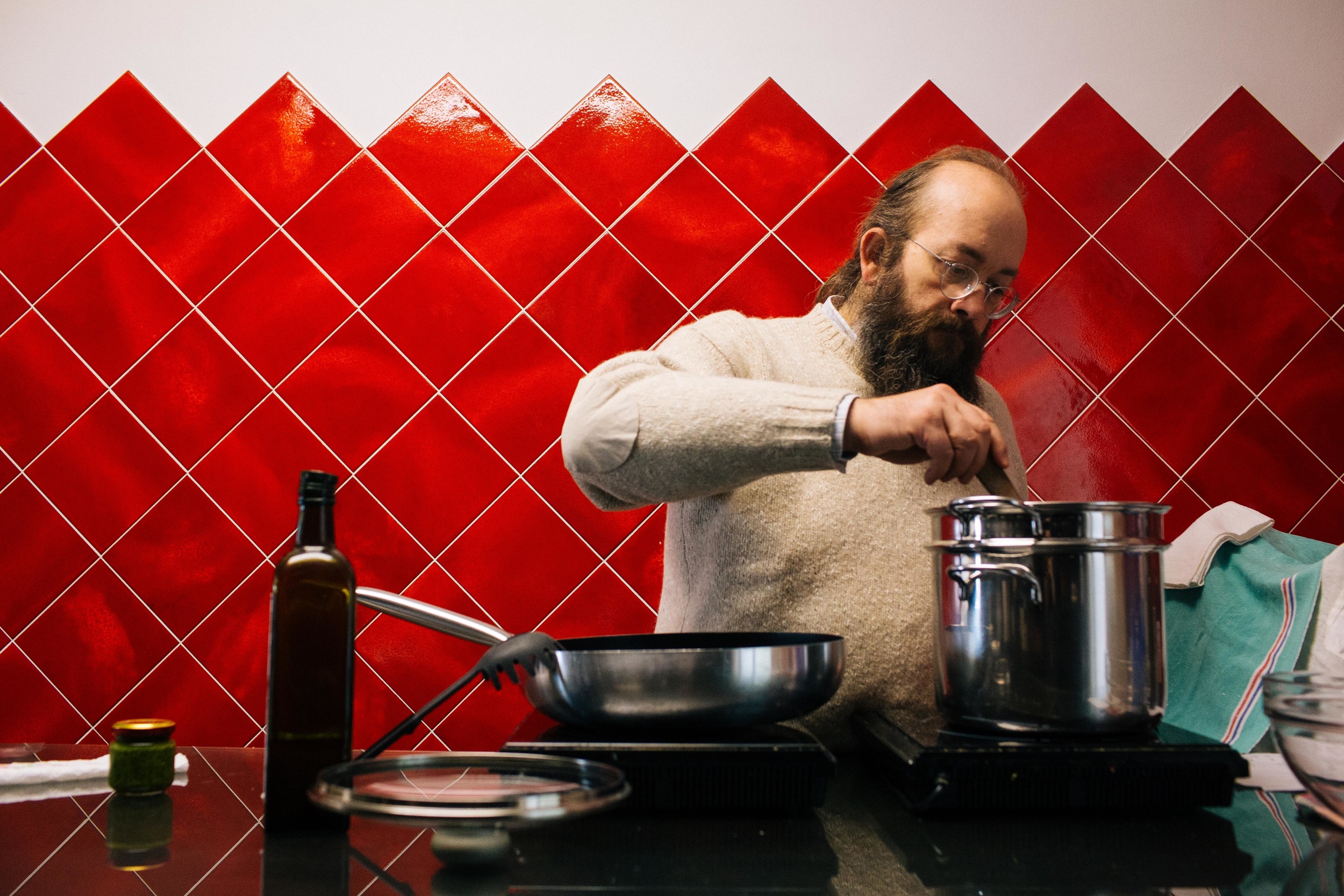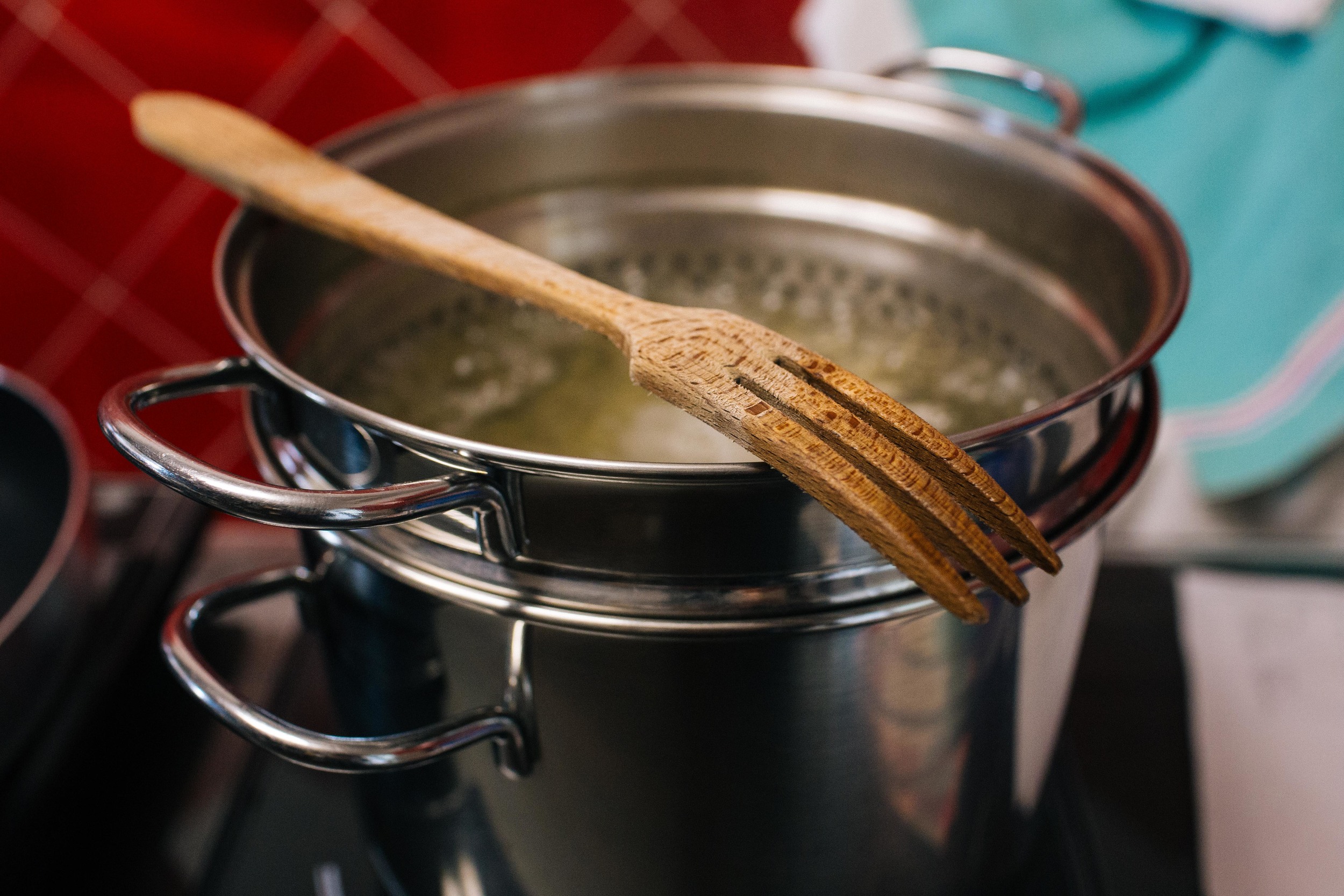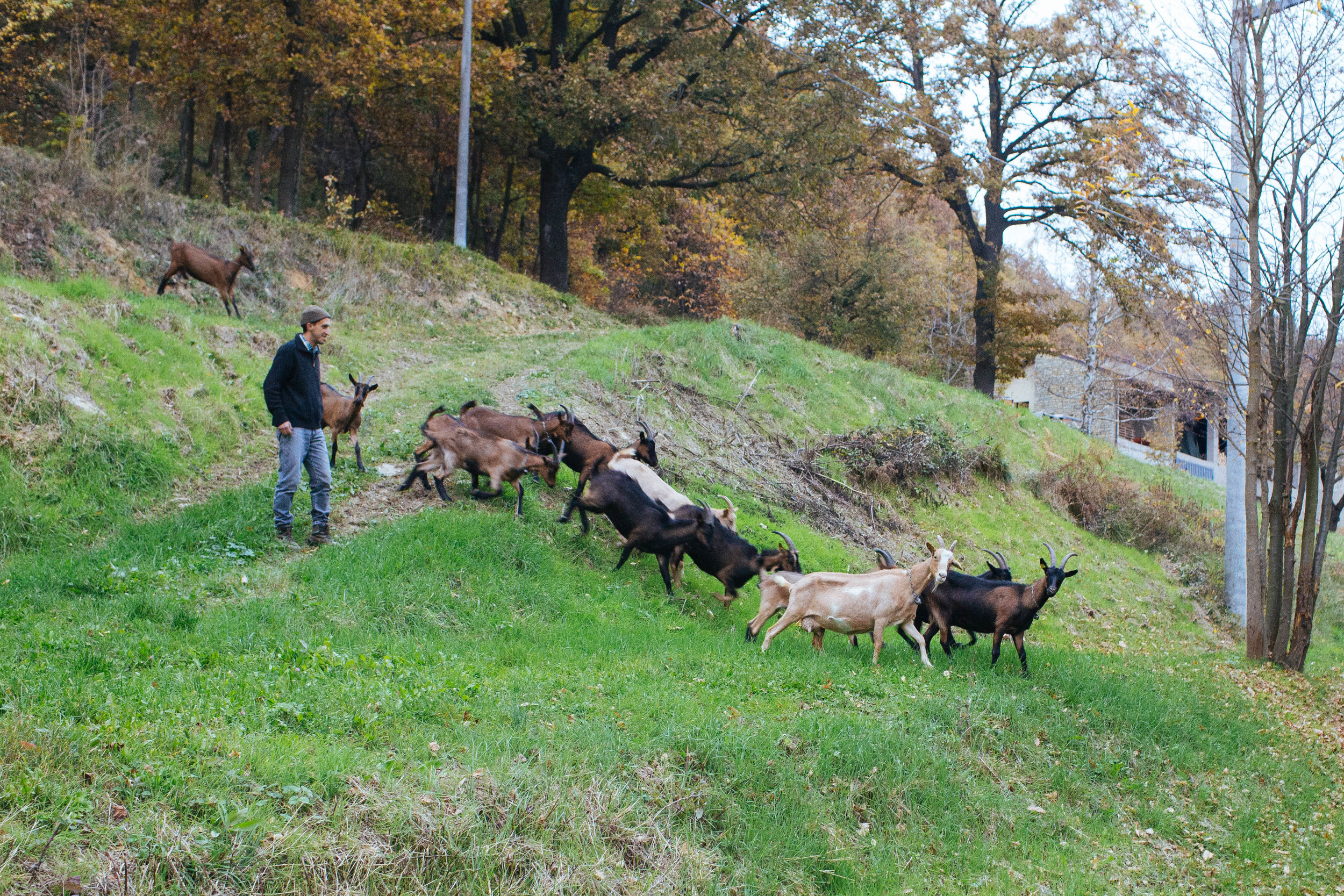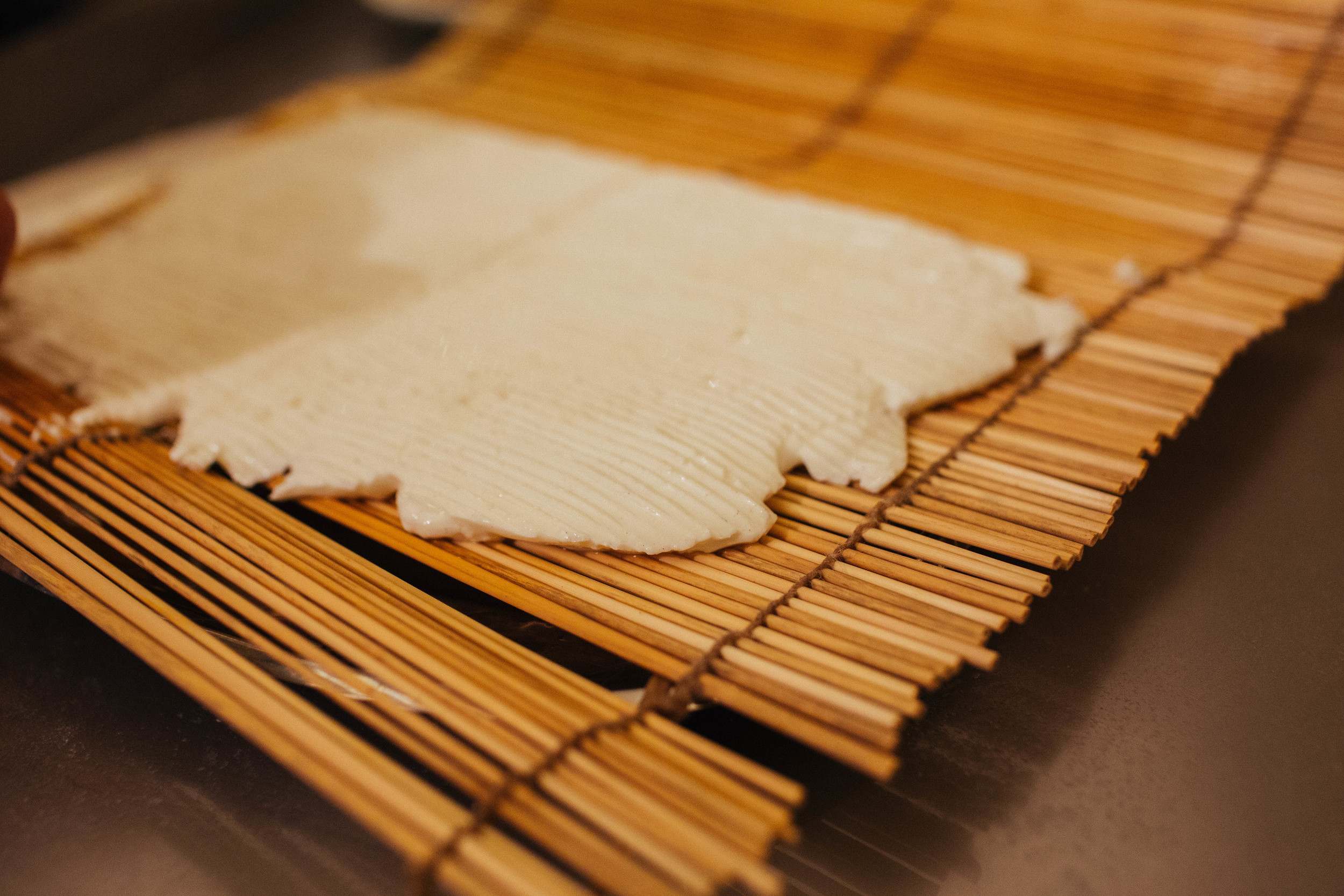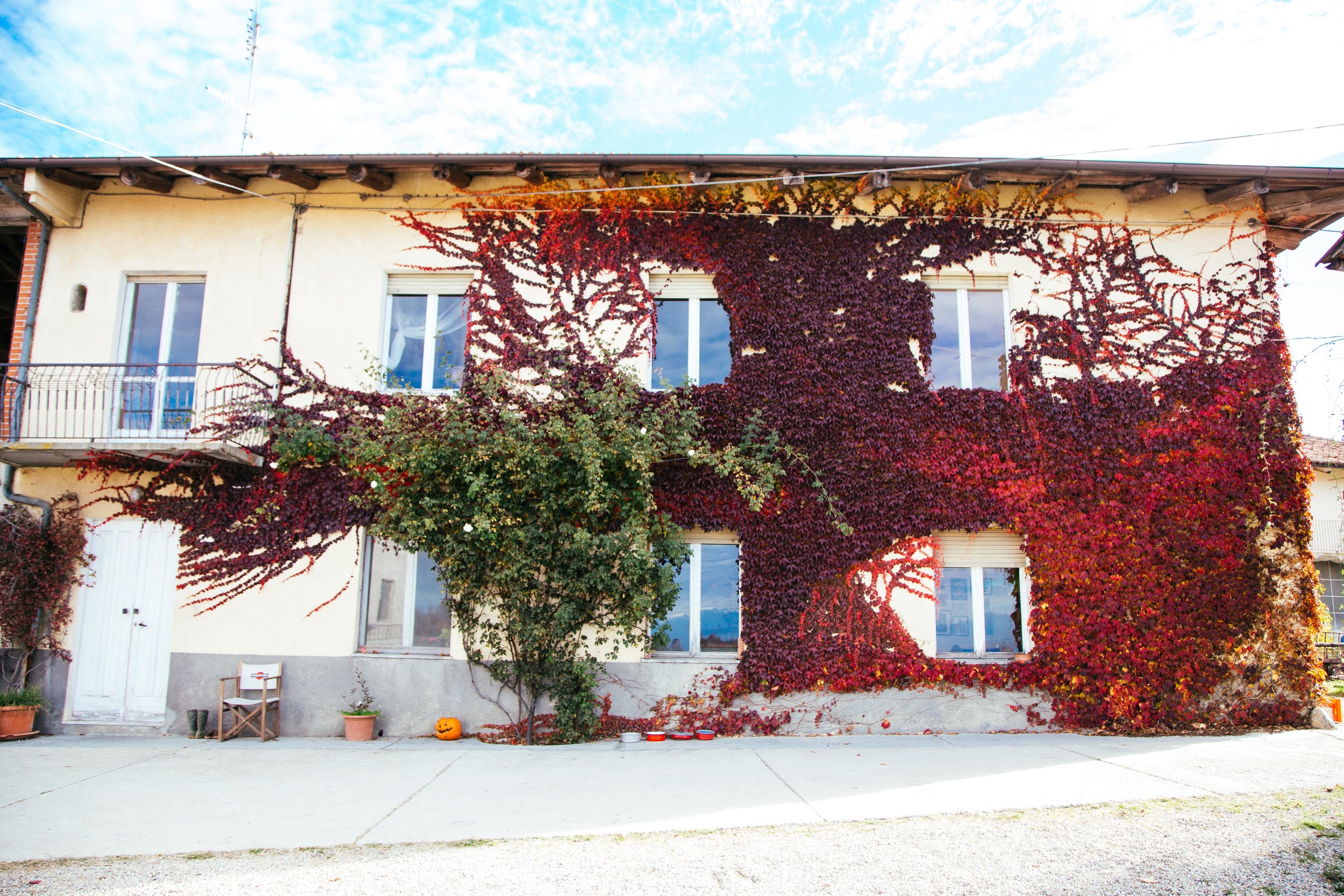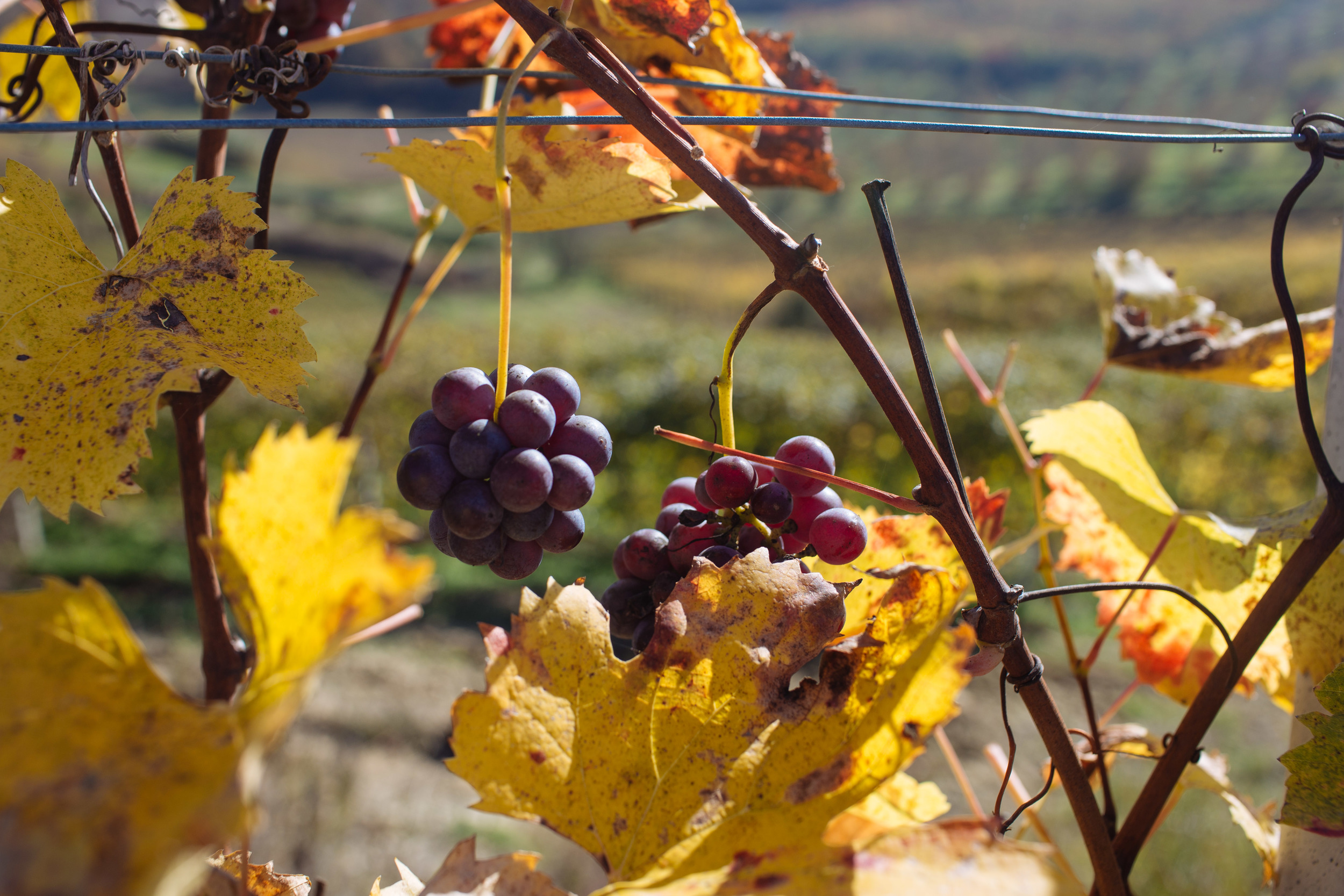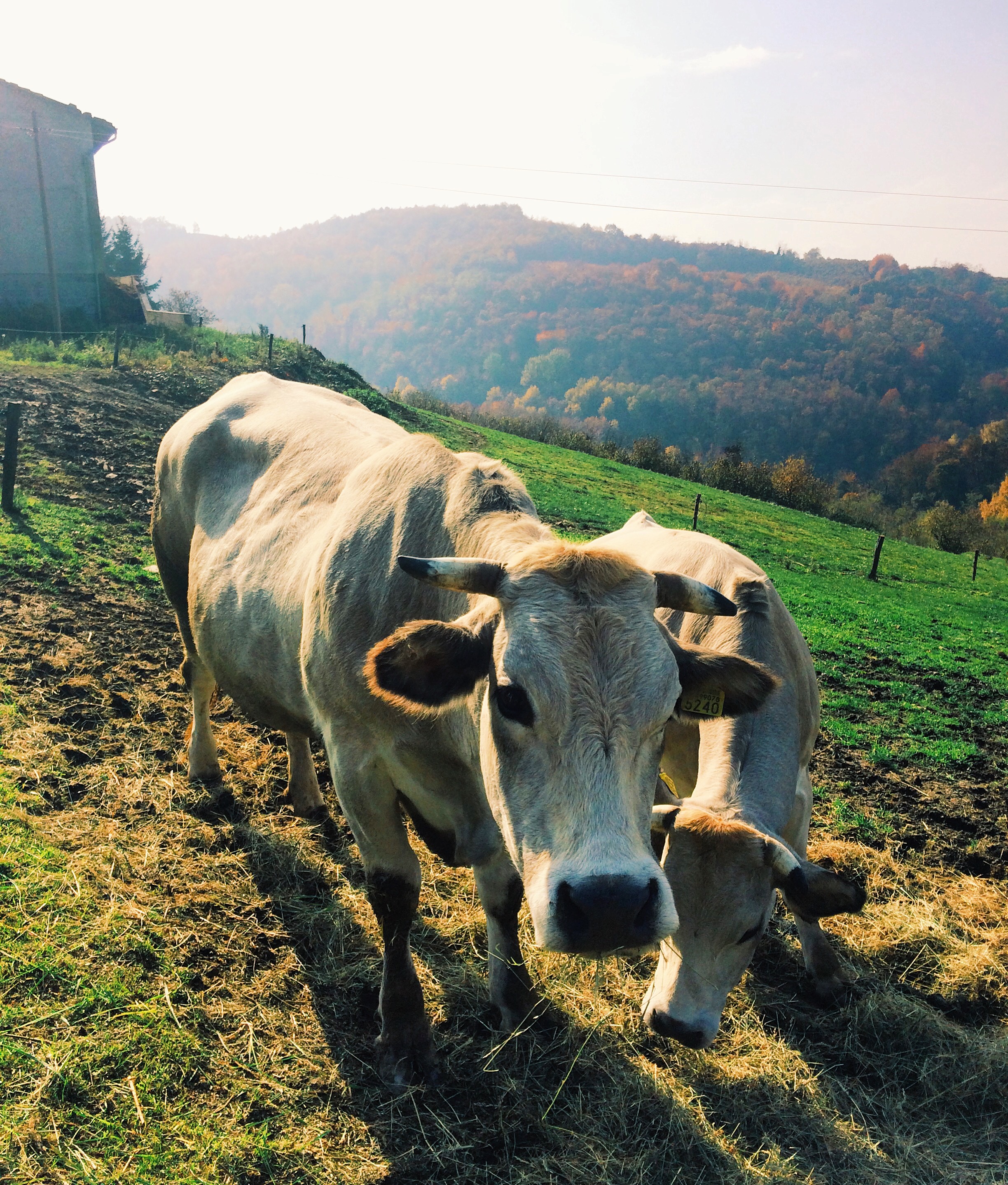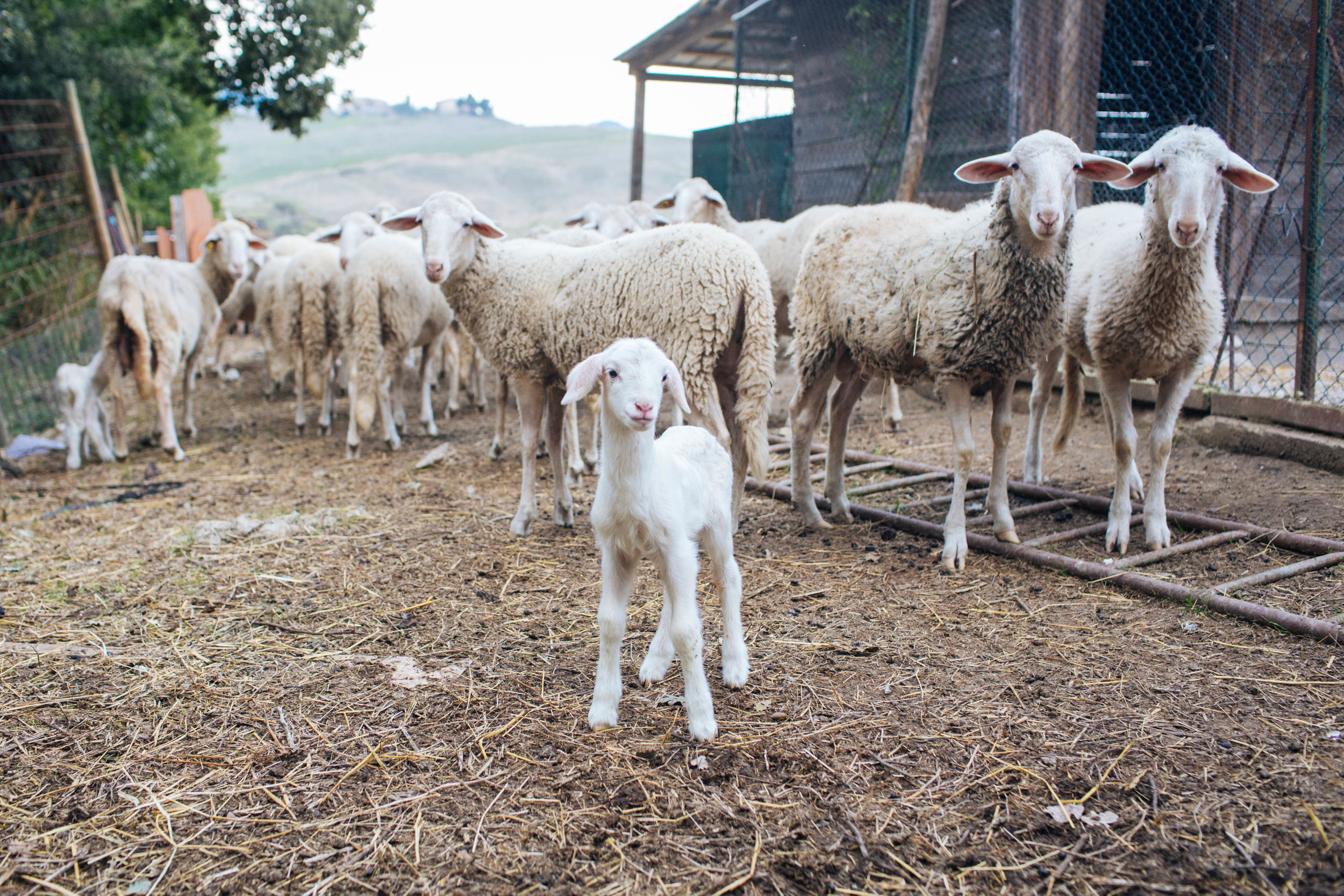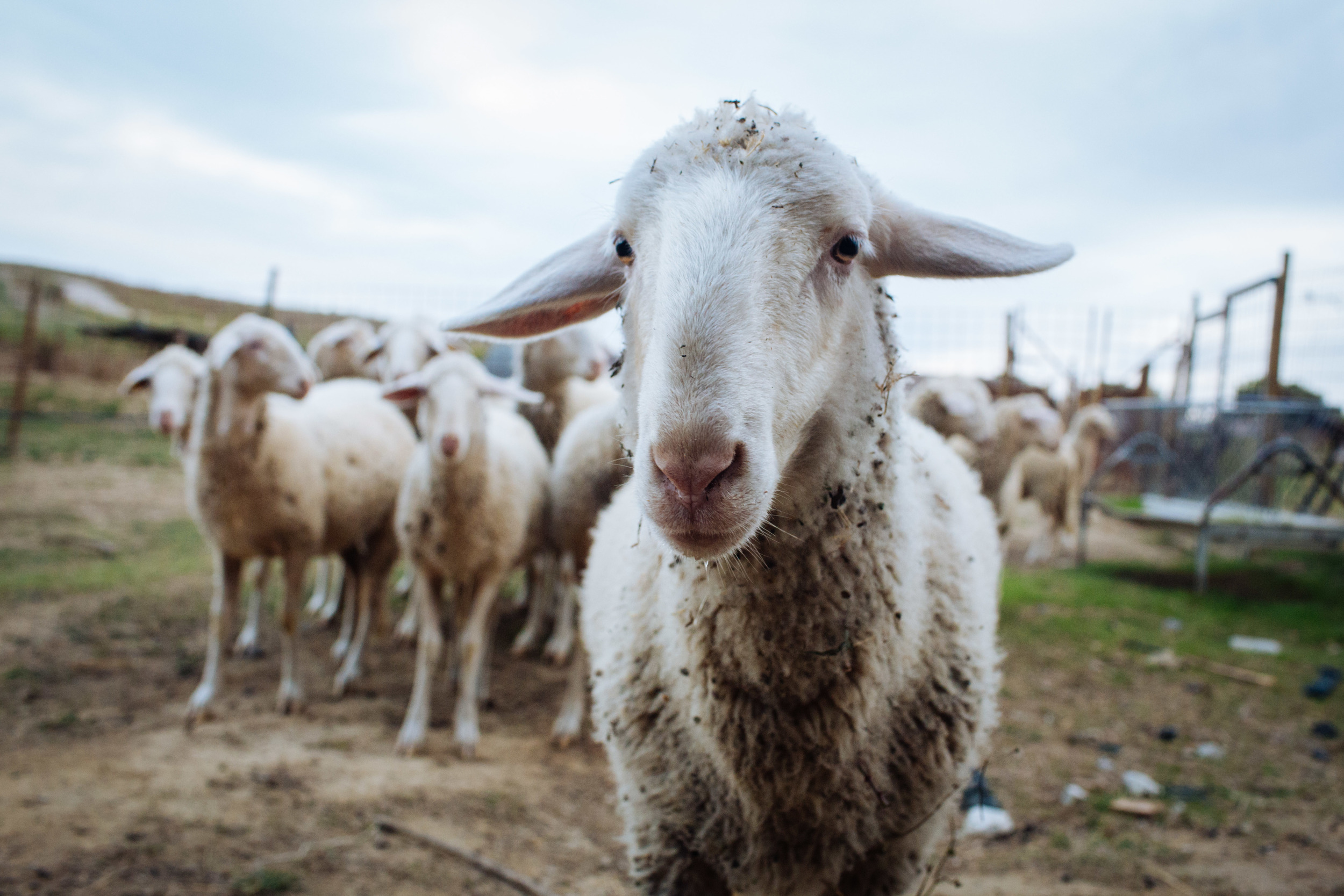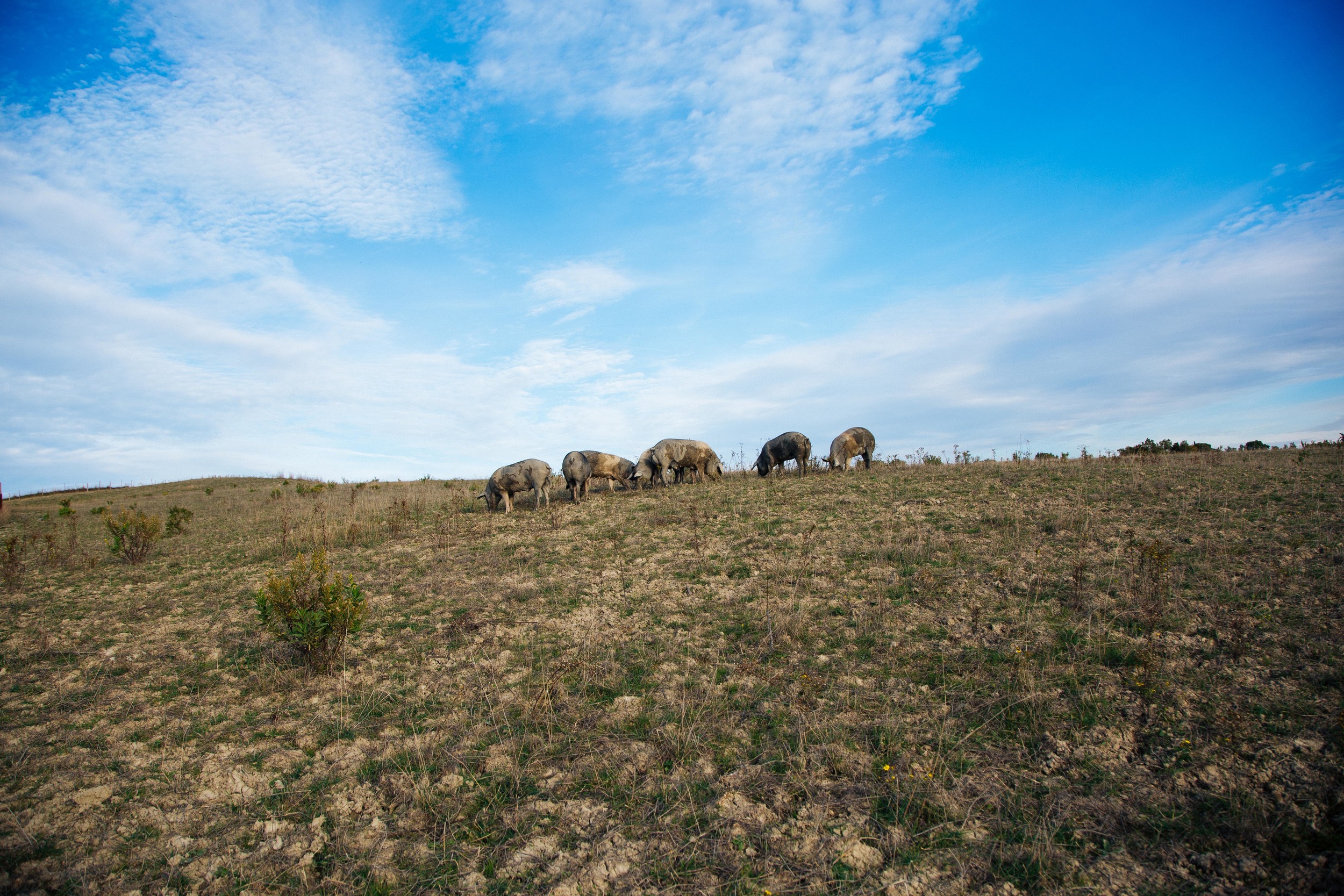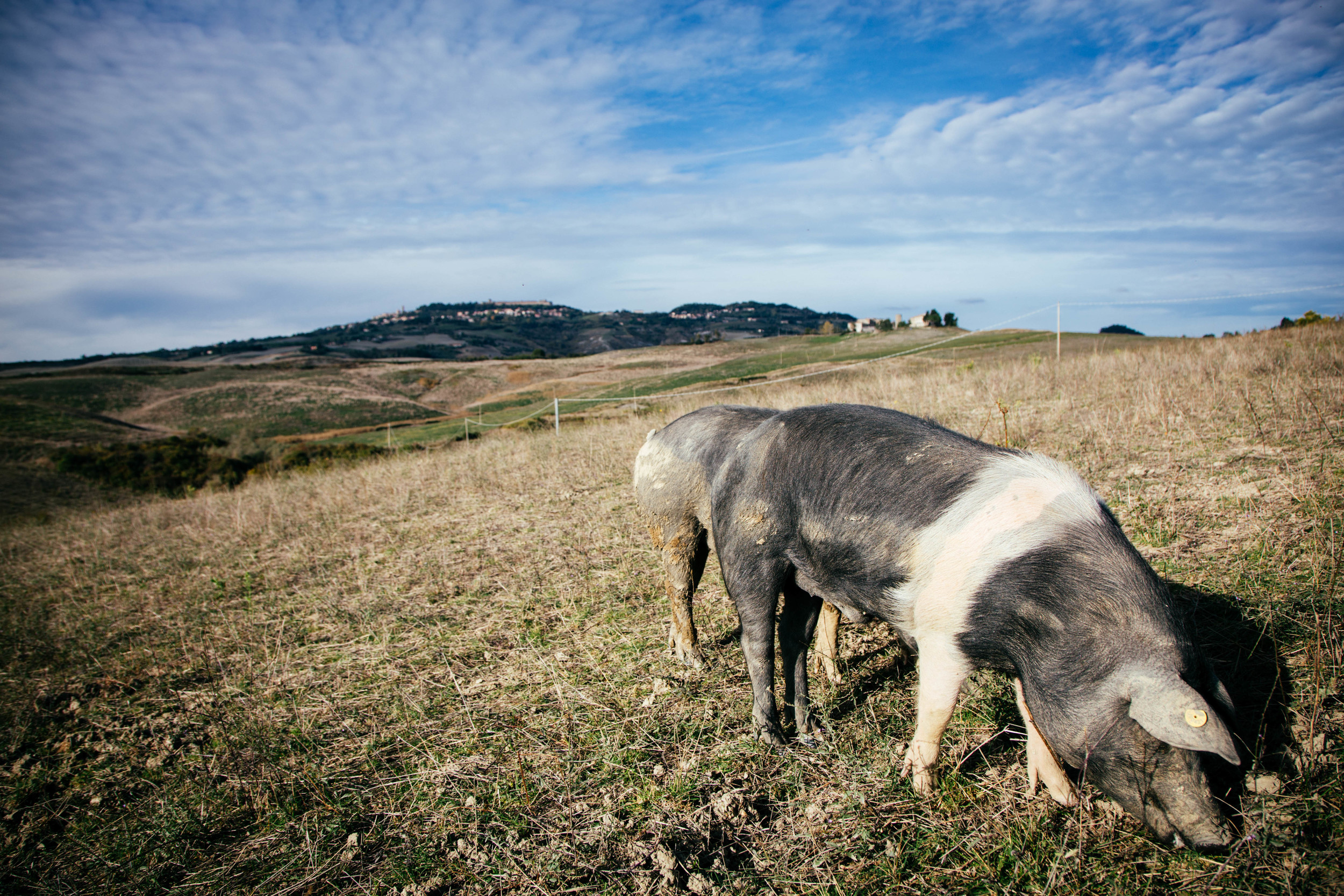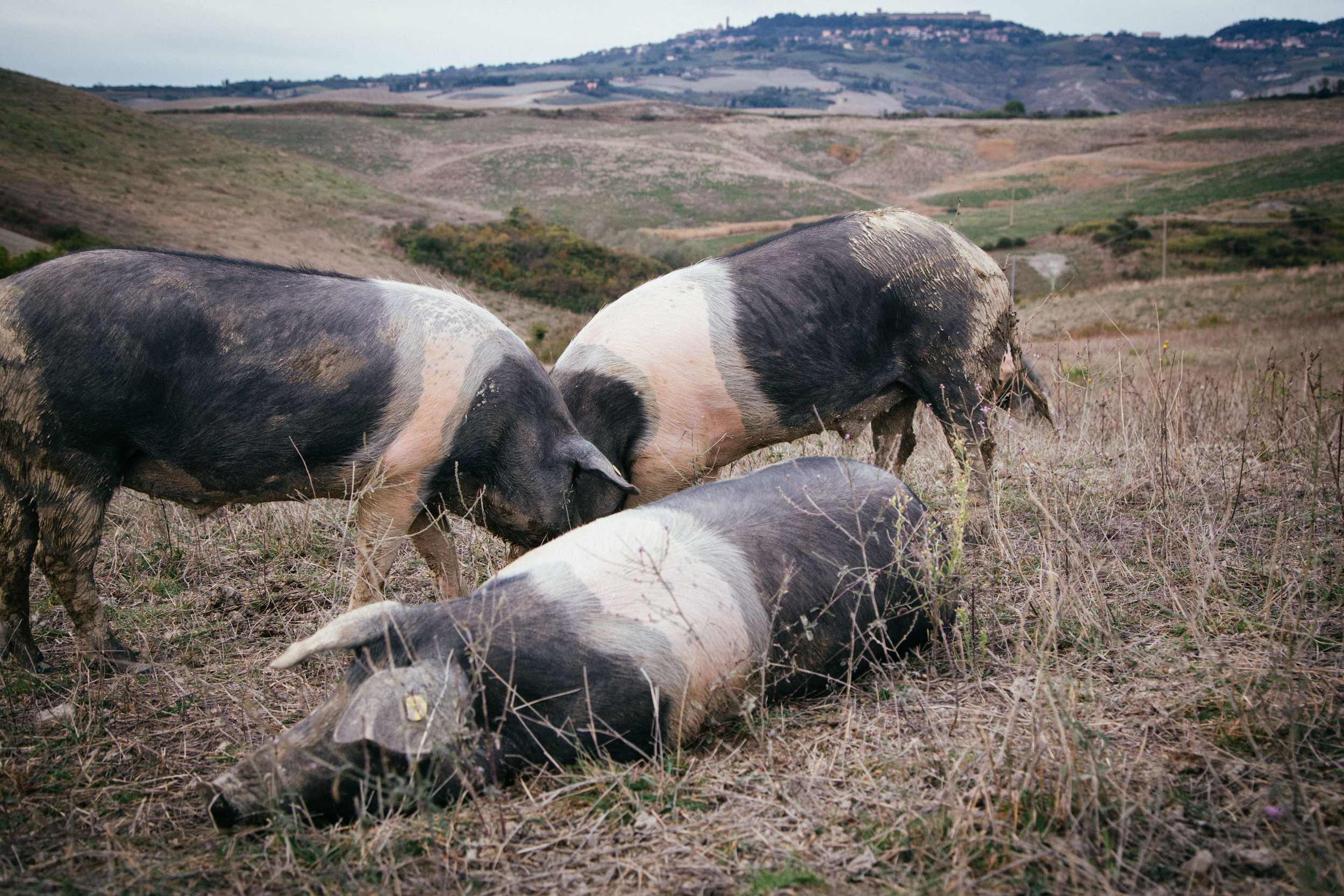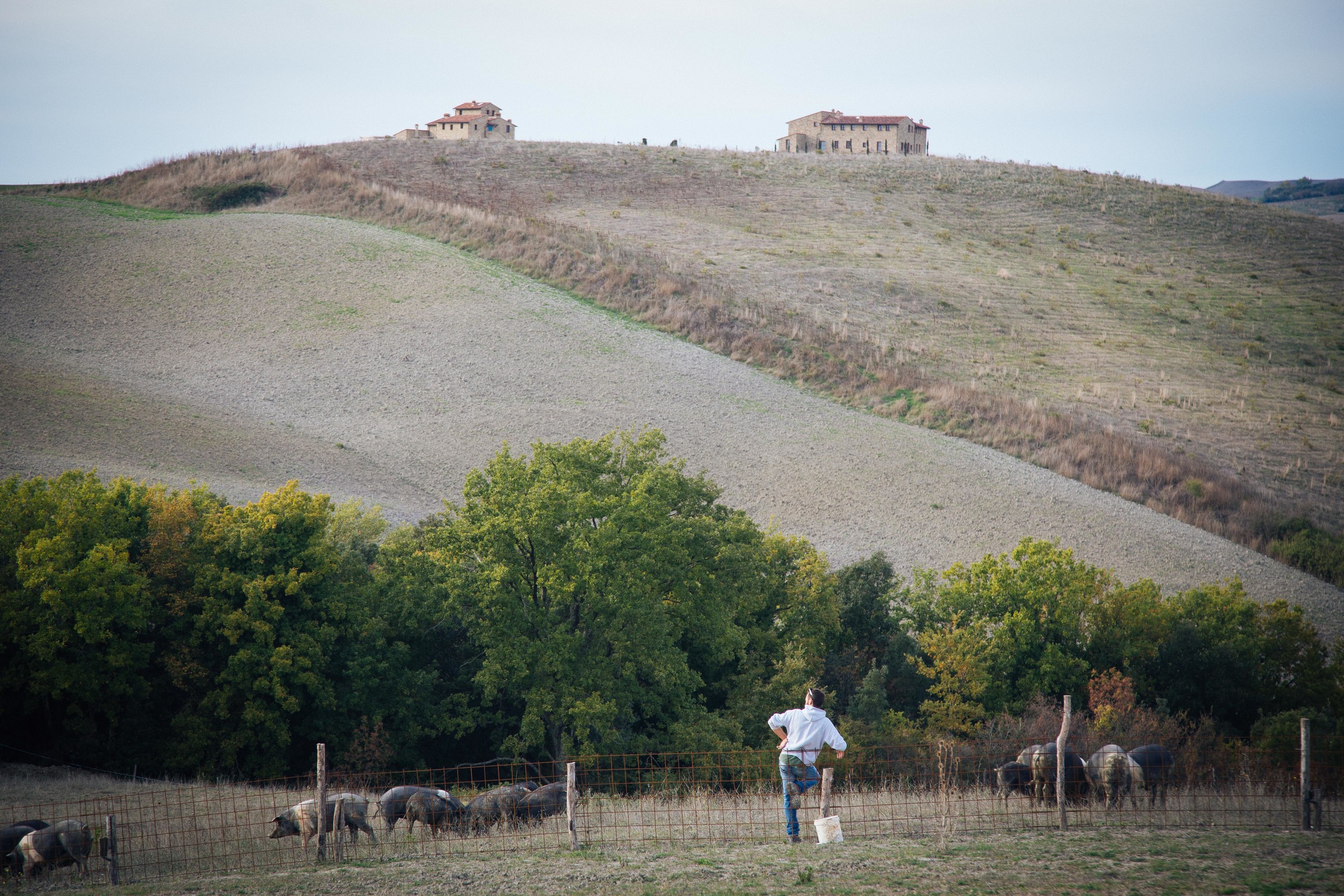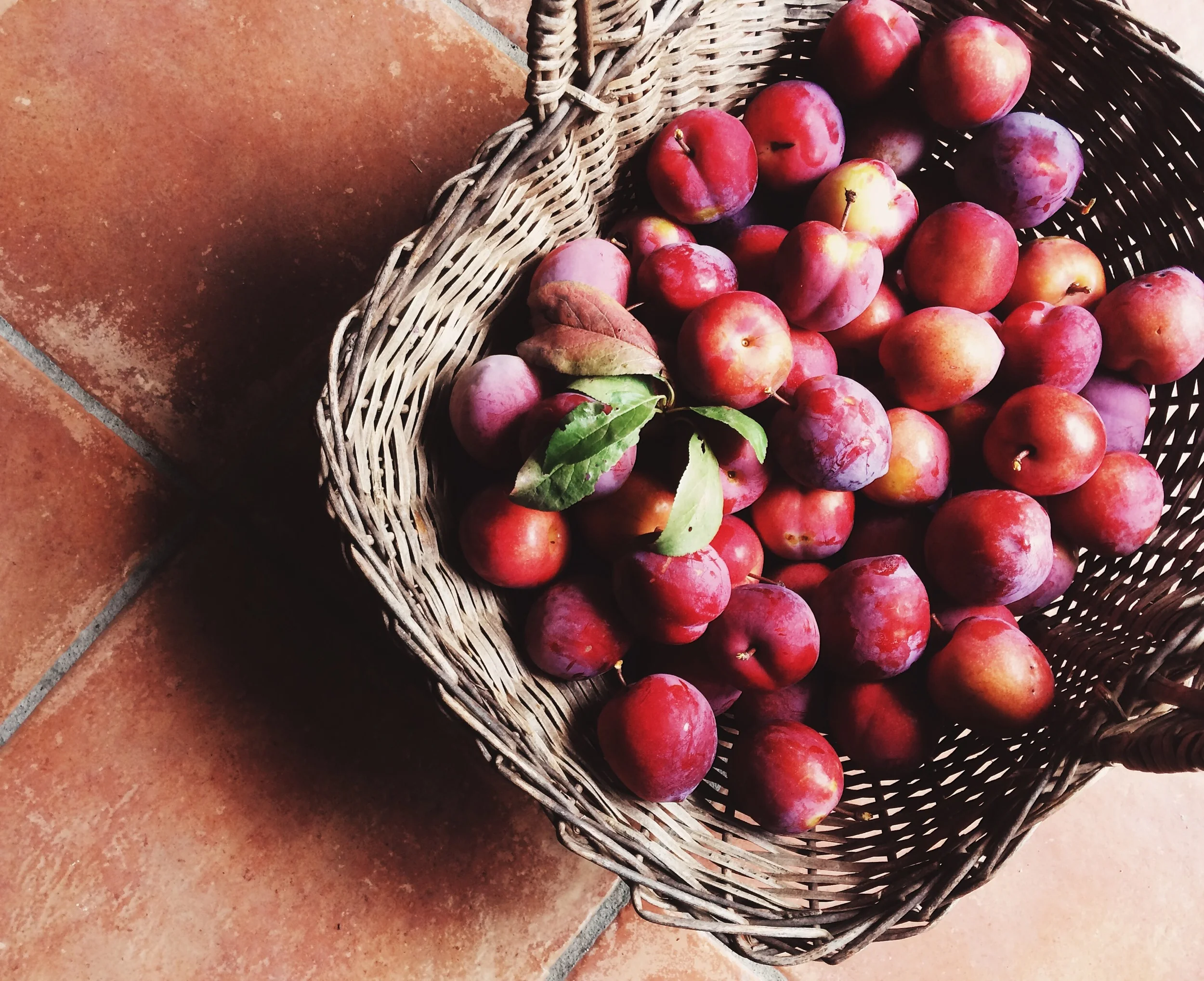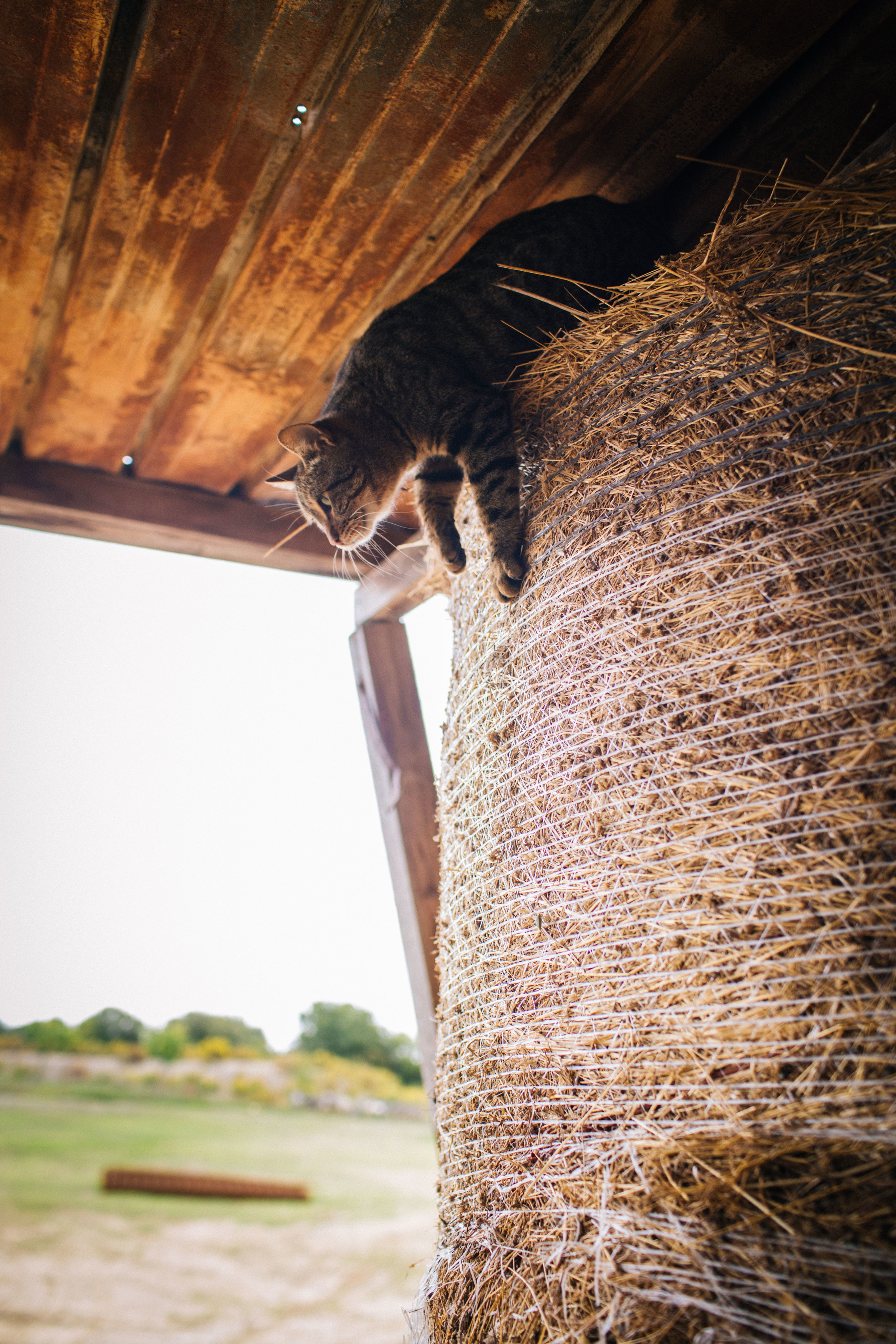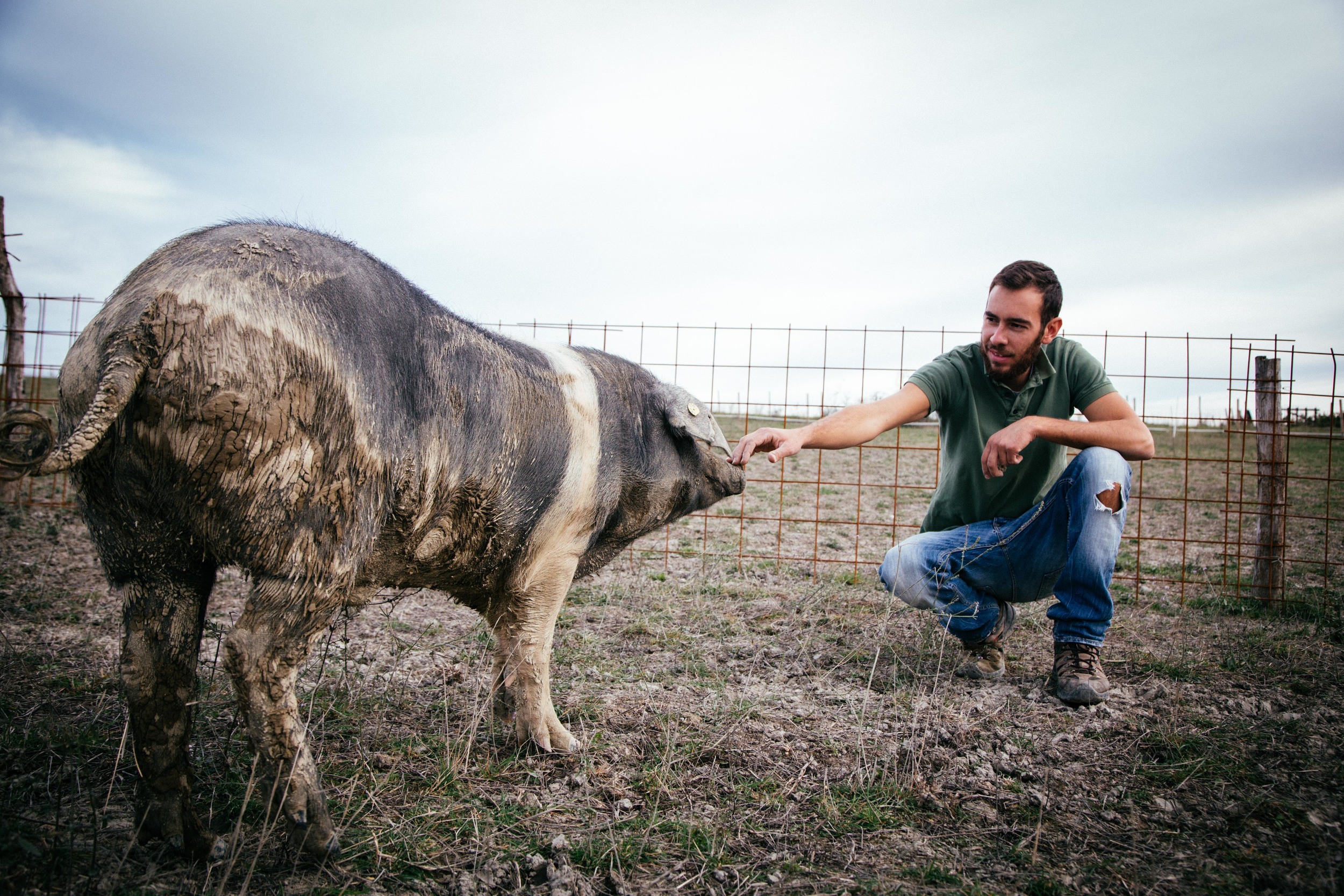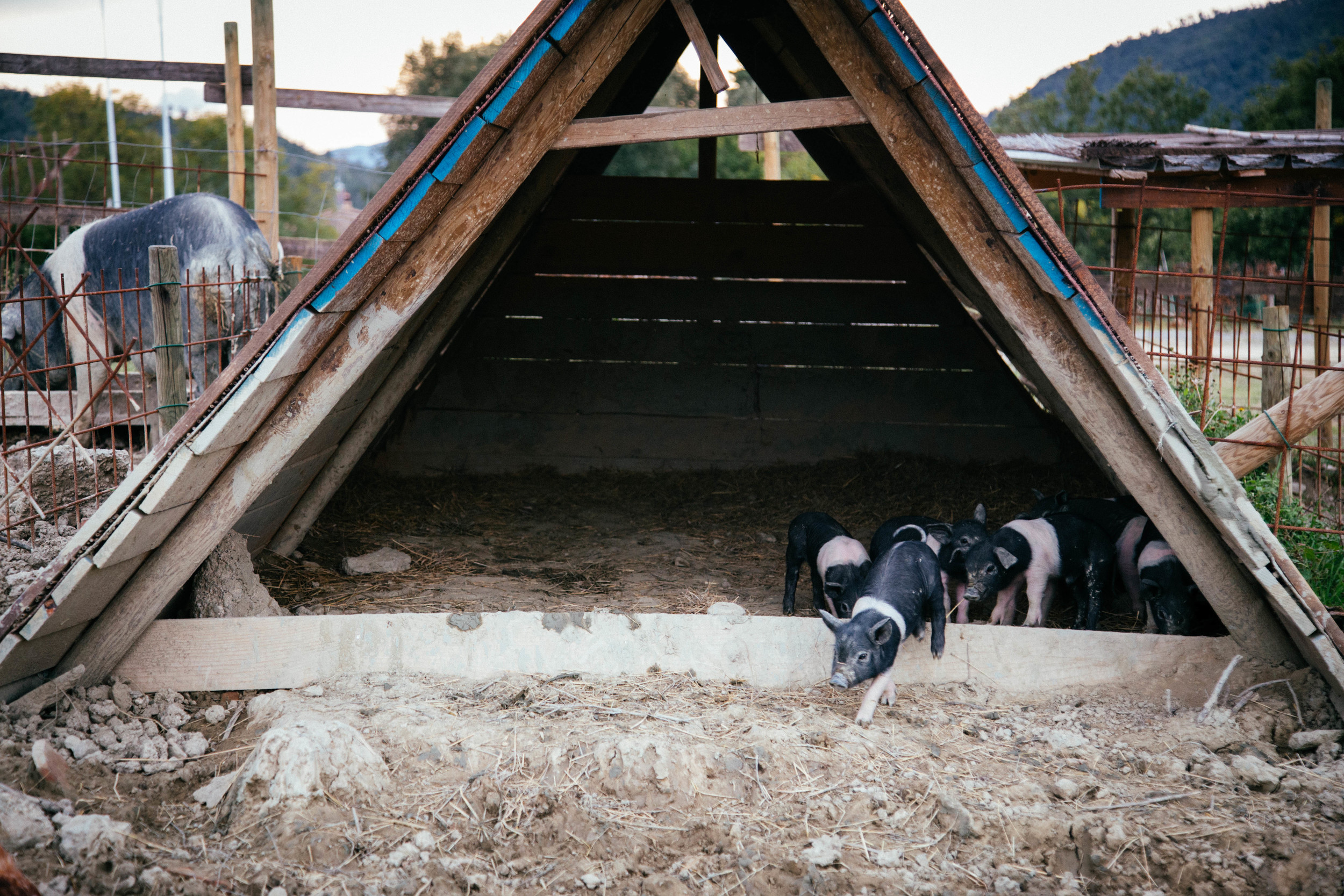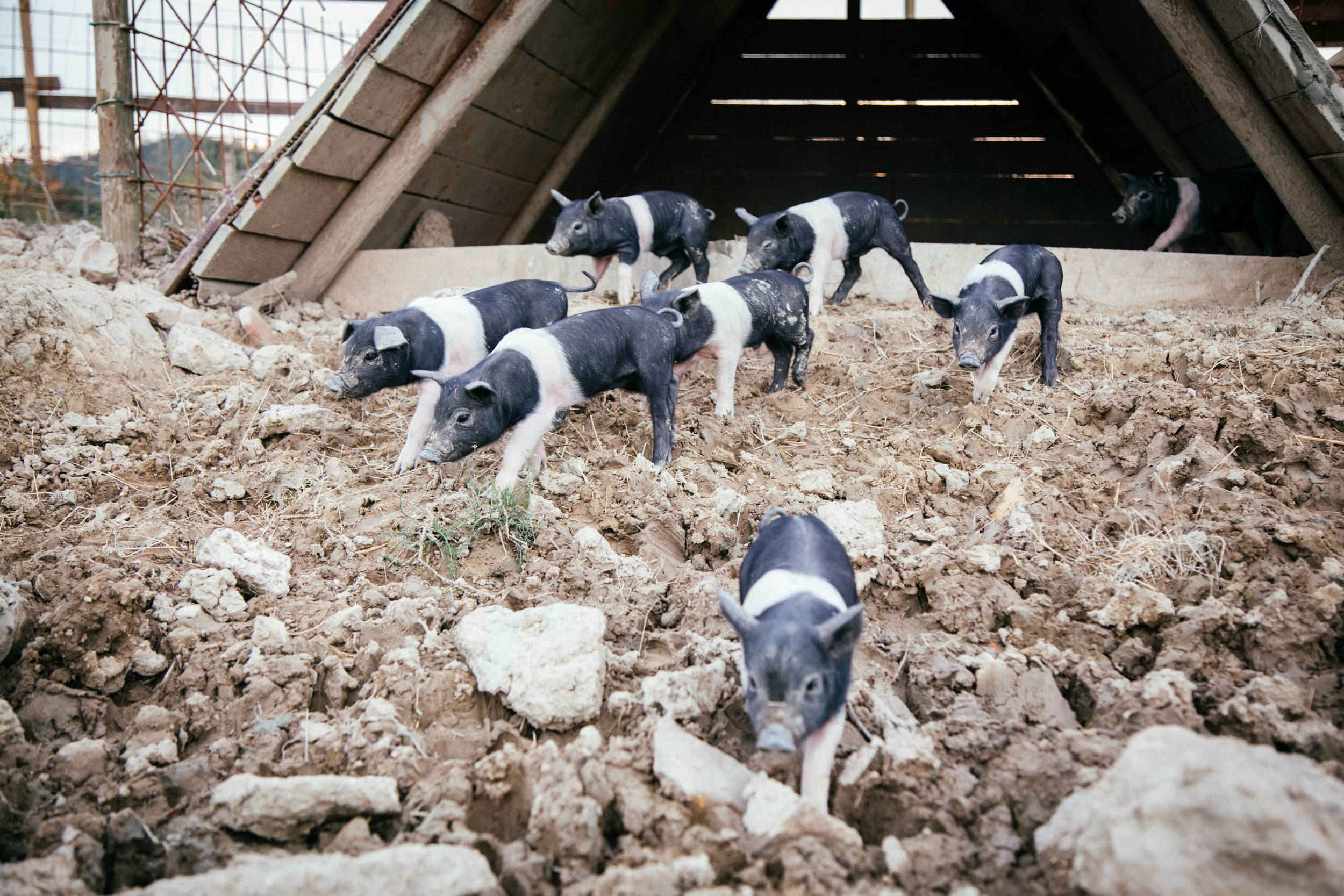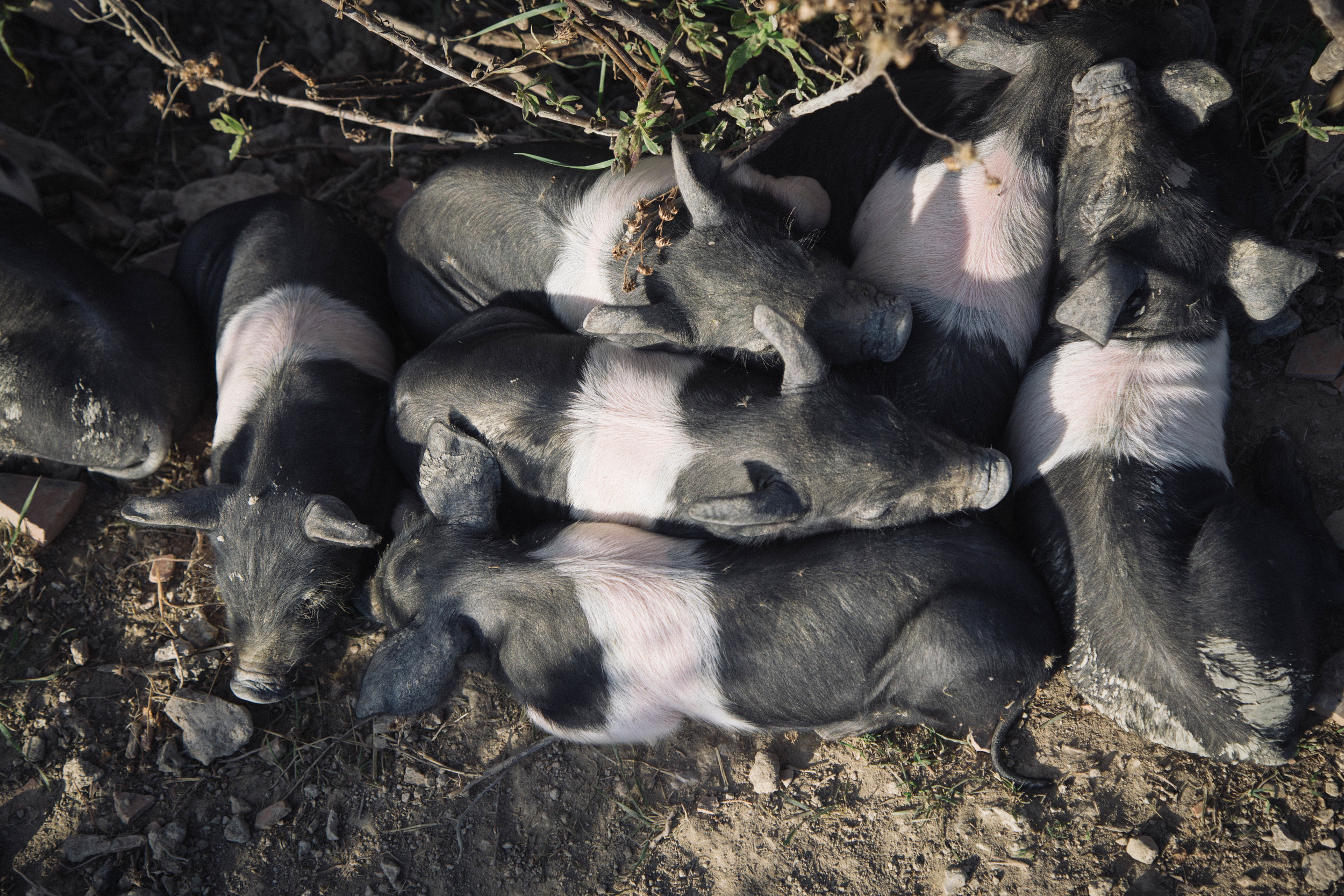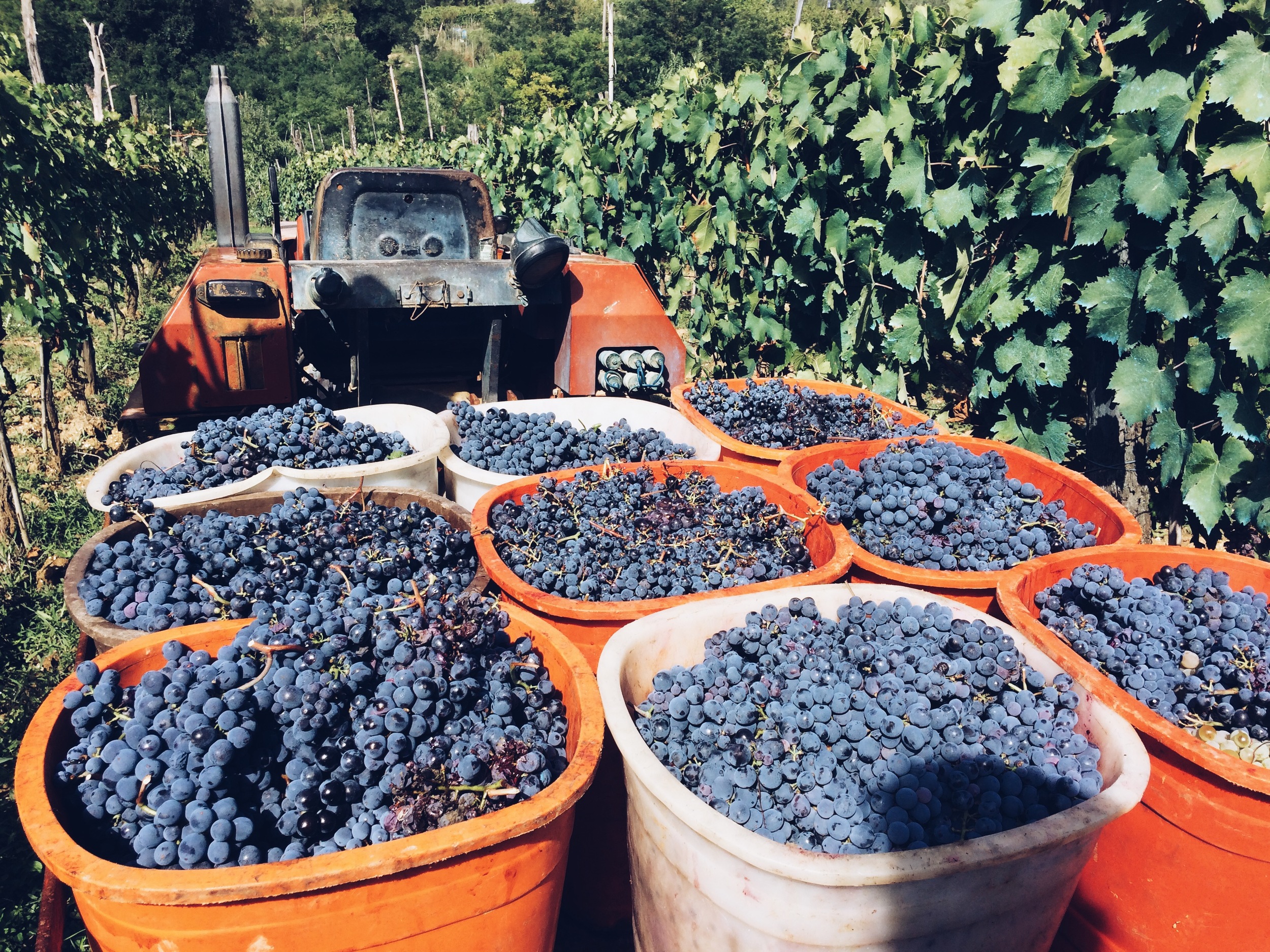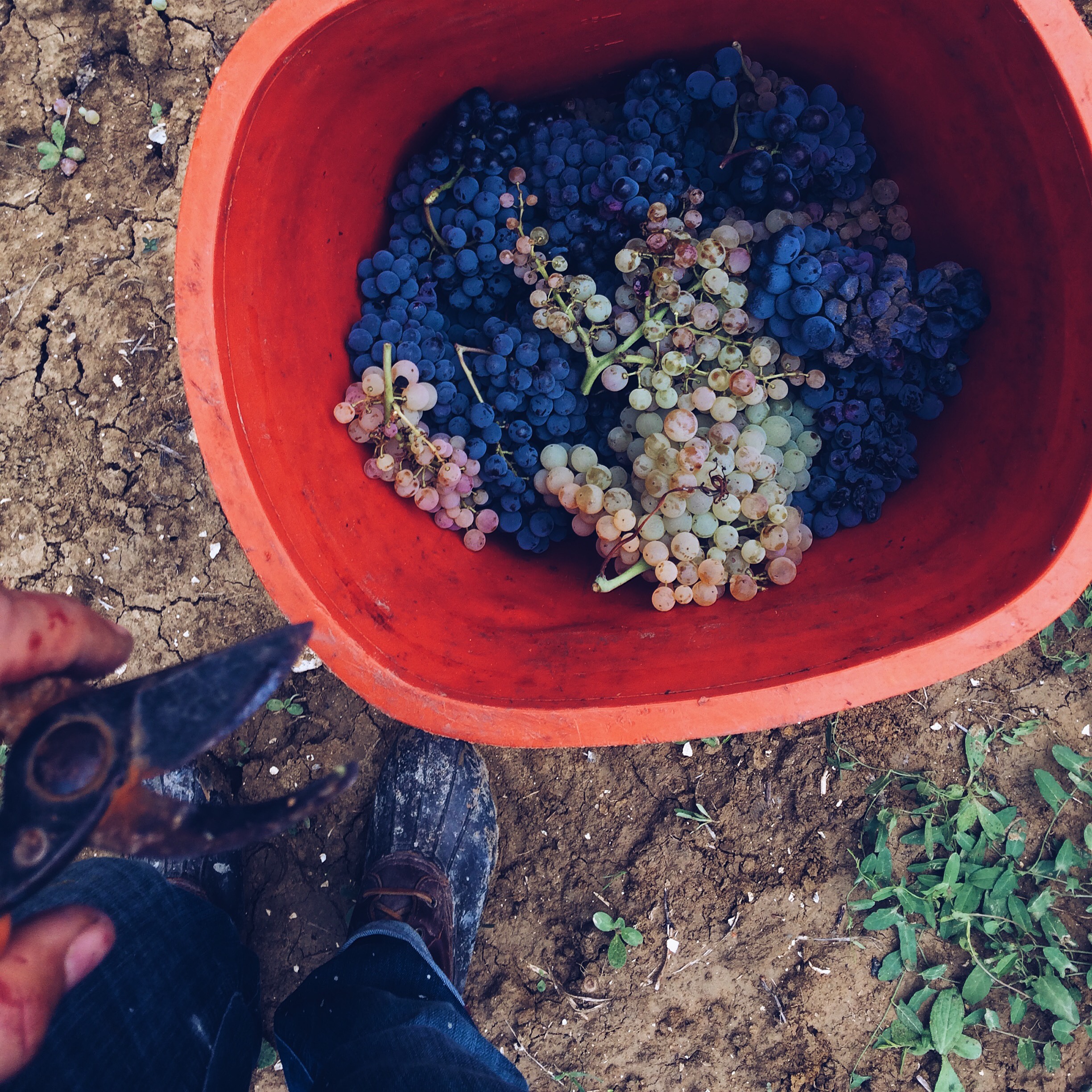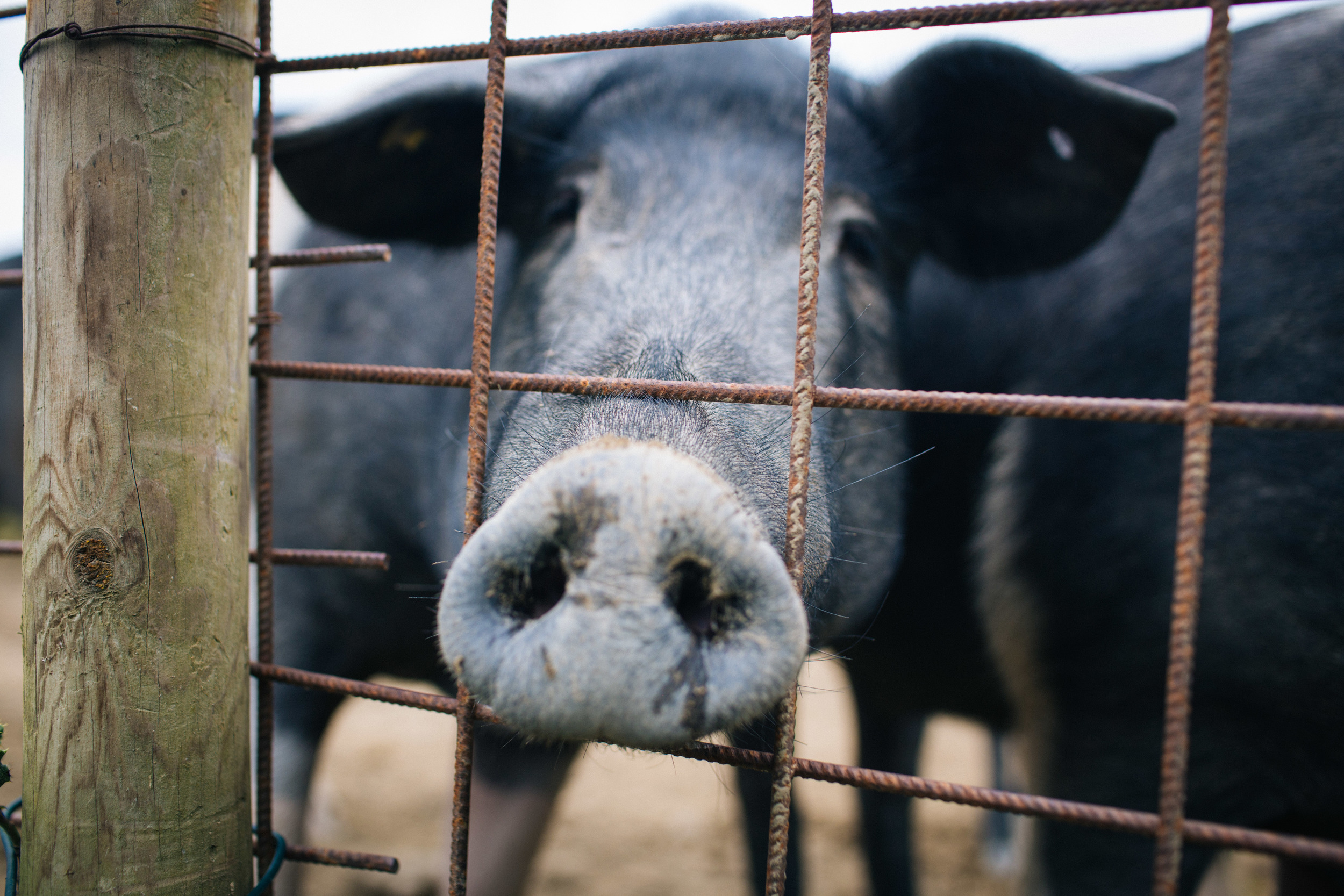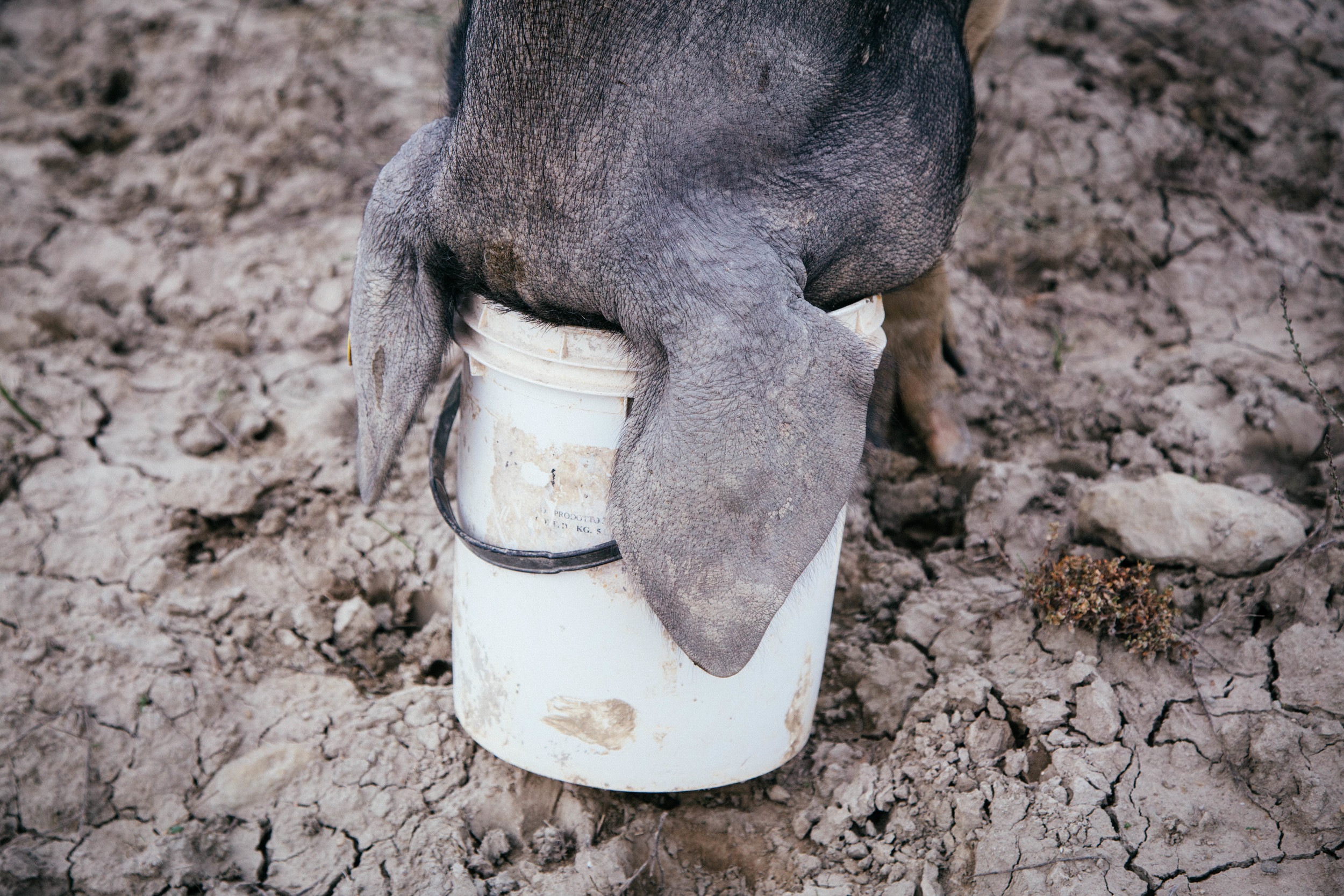“You can’t leave Italy without visiting Piemonte in November,” is all my friend said to me before I took off to Italy for three months, “The colors alone will inspire you.”
Piemonte is best known by Americans for its hills of Barbaresco and Barolo, but for many Italians, its known better as the birthplace of National hero Carlos Petrini and his Slow Food movement. Slow Food is defined as, "Food that is produced or prepared in accordance with local culinary traditions, typically using high-quality locally sourced ingredients." It refers to food that not only has a beneficial environmental impact, but a communal one as well, and more particularly, one that tries to preserve heritage plant varieties and dishes.
I wanted to go to where sustainability was a practiced lifestyle, where Petrini first declared war against McDonald's developing on Rome's famous Spanish Steps, to where sustainability has had time to engrain itself into the soil and show its success in restaurants, agriculture, and tourism. I began first by focusing on visiting Slow Food producers, but later broadened my itinerary to include many of whom didn't have its official seal (for various reasons, mainly financial) but who still practiced its values. The entire 12 days I spent in Piemonte for me were a beautiful exploration of Piemonte's--and arguably Italy's--greatest gastronomic center. Below are some of my favorite highlights.
BARBARESCO TASTING, CANTINA DEL PINO
Renato and his partner Franca live on Renato’s 70-year-old family vineyard and winery, Cantina del Pino, where they invited me for a tour and to taste the wines they had just opened. It was a perfect first stop for Piemonte, as Babaresco was recently declared an UNESCO World Heritage site. It is perched high enough that you can look over the Langhe river and see for miles the foggy haze that wafts through these steep foothills of the Alps. We tasted their Nebbiolo, Barbaresco, Dolcetto, Barbera, and a blend. In each label and year resides a different composition of factors: grapes from different hills or “Cru,” orientation to the sun, and soils that range from more clay to sand-based.
The operation there is precise, where Renato keeps the grapes from different rows of his property separate in the initial fermentation process so that he can taste the individual differences, then blends them in exact percentages to achieve the taste he desires. His intuition is incredible, and both he and his partner Franca do all of the work to create the 8,000 bottles they produce each year. For anyone interested in trying one of their incredible bottles, the 2011 vintages are ready, and the weather was perfect that year in creating an incredible wine.
SILVIO PISTONE, SHEEP CHEESE PRODUCER
I met Silvio at his home, where I was led past rooms filled with antique collections and paintings done by Silvio's mother and friends until I reached the adjoining barn, conveniently located as an attachment to the family home -- a subtle way of saying that these sheep were just another part of the family.
In this region of Italy, cheese is most commonly made from cow milk, or a blend of cow and sheep or goat. But I was on the hunt for a farmer who continued the rarer sheep cheese traditions of the area. Silvio Pistone was just that. He is a self-taught sheep farmer going on 18 years now, and raises 30 Pecora della Langhe sheep, a local breed of this Alta Langhe region.
His traditional tume cheese is surprisingly simple, but in its simplicity, the quality of the milk shines, a testament to how they are raised. They spend half of their day eating outside on fresh grass and the rest inside feeding on hay he gets from his cousin. The whole animal is used and made by hand—wool meat, and cheese. When I asked "Why not pecorino cheese?" his answer was simple: it's not typical in this region. His cheese is sold privately out of his home to neighbors and to a few restaurants.
He laughs when I tell him our American obsession with pasteurizing our milks and cheeses, particularly for pregnant women. (He has three kids and his wife ate his unpasteurized cheese throughout all of her pregnancies). The practice of pasteurization began after the end of the industrial revolution as our food started traveling longer distances from farm to growing urban centers as a way to retain milk and cheese's shelf life. But when the farm has high quality conditions for the animals such as his, and the distance from production to consumption is shortened, it is perfectly safe to eat unpasteurized milks and cheeses. There are many farms at farmer’s markets in the U.S. trying to practice small-scale old non-pasteurized traditions of cheese making; but because of strict USDA safety standards geared towards big industrial farms, these smaller sustainable farms whose conditions are safer and less bacteria-ridden have a hard time selling their products commercially within our current regulations.
Silvio is a relaxed, laid-back character, but underneath his thick Piemontese dialect there is a fierce political flair, and his cheese making has made him a popular sustainable food advocate in the region. You can learn more about him in the documentary titled Langhe Doc.
IVRINO, GOAT CHEESE PRODUCER AND BEEKEEPER
After visiting Silvio, I drove to San Benedetto Belbo, set even higher into the hills of the Langhe region. Here, I met Irvino and his herd of Alpina Comune goats. As he spoke to us, his young children ate his goat milk-based lattica cheese and giuca hungrily--an old-style dessert similar to fresh ricotta, which is eaten after just one day of fermentation. The goats feed on chestnuts in the old forest up the street from his home, which gives the milk its flavor.
What I found most spectacular about his cheese was that it was aged in an old cellar dug out of one solid rock. The cave was built even before the house was built around it, some 400 years ago. The cave requires no regulation, as the humidity and cold create the perfect environment for the cheese to naturally ferment in.
As the night fell, he insisted that I try his certified biological honeys, using organic beekeeping practices. The honey, lined up by season from early spring to early fall, created a color spectrum directly related to the different foliage they ate in each season. The darkest jars towards the fall got their color from the bees eating the leaves, rather than the flowers. The unfortunate thing, however, was that similarly to the rest of the world, he watched many of his beehives die and collapse for some unknown reason. Determined to continue, he was making space on his farm for 40 more beehives, which carries on the beekeeping tradition that has been a part of this region since the 1800s.
ALBA INTERNATIONAL WHITE TRUFFLE FAIR
Inspired by a conversation I had with my last boss, whose eyes closed and shoulders lifted as she described the "warm polenta topped with fragrant truffle shavings" she had in Alba one year, I made a day of going to the famous Alba Truffle Festival.
Unfortunately, this had been a bad year for truffles, and all fungi in general, due to the lack of consistent rain and alternating dry sun that mushrooms really love, with a cold ground to keep the worms at bay. Truth be told, the locals wait for all the tourists to clear out mid-November, then enjoy the better truffles in December and early January. The festival has been going on for 85 years now, and it’s amazing how the climate change has pushed the truffle season back 2 months since its origins. Many locals I spoke to said that if the festival wants to survive, it will have to change its dates.
Despite the truffles, I wandered through the festival tasting moscato from Asti, castelmagno, blu, and robiola cheeses, sausages, bagna cauda, andtorta di nocciole (a Piemontese hazelnut cake). As I walked by, one of the truffle farmers handed me his prized 350-euro truffle. I had never held food worth that much, and while I was tempted to buy its smaller less expensive cousin, I was advised by a friend not to buy truffles at the festival or at this time. Air and moisture deplete a truffle's taste and fragrance rapidly, and the ones at the festival sit out all day long. Even more alluring is the selection of truffle oils and salamis, but often these are used with synthetic truffle. Supposedly, everything sold within the festival's walls is certified as using real truffle, but given how real truffle spoils quickly, I personally refrained from buying anything with truffle in it to take home. Rather, I was advised, enjoy the truffle freshly shaved over the tajarin or tartare at one of the restaurants in town. So that's exactly what I did.
I ventured to Caffe Umberto – Enoclub at the start of town. The restaurant was chic, boasting a special truffle menu with tajarin, the famous local egg-based thin noodle, and tartare di fassone. While both were well made, the 40-euros worth of truffles shaved on top were undetectable. Oh well. Alba is a cute little town with esteemed restaurants, a thriving local community, and the birthplace of the famous Ferrero Rocher chocolates. The festival was a wonderful chance to taste a wide variety of Piemontese classics.
OSTERIA DA GEMMA
Here was a restaurant like no other I had ever been to. There were no menus, no choices, no website reading the prefix menu. I had no idea what would be brought to my table. I just made a reservation—the only requirement—and showed up. I was excited by the idea of giving the chef complete authority and autonomy in serving what it is she deems best and in season.
As soon as I sat down, I was greeted with two different salamis, served unapologetically on a plastic cutting board with a chef knife. It is implied, as I looked around unsure of what to do, that you cut off what you wish. After I did, the server passed the plate from table to table. The dinner lasted 3 or 4 hours, including 10 different classic Piemontese dishes of tajarin, pin, and Russian salad. The tartare di fassone was the best I had anywhere, and I just wished for a bigger stomach to finish everything.
A certified Slow Food restaurant, Osteria da Gemma gets its name by its creator and chef, Gemma. An older woman with white hair and a sweet smile, she makes appearances on the floor of her restaurant in her nondescript white apron, house slippers, and basic black knee-length skirt and cotton tshirt. The restaurant originally began as a circulo, which is like a casual dining club for farmers. The circulos became popular in this region in the 1980s, just as Slow Food was starting to build itself as an organization. The "members" club, just 10 euros to enter, were made up of local farmers who supported each other by eating communally and locally. She would make meals in her living room with friends and family, which is the same way the restaurant operates today. Word got out about her fabulous cooking, she was invited to teach her tajarin all around the world, and her restaurant was created.
She’s built up quite a community of international foodies and local fans. Every table, everyone, receives the same dishes no matter who they are. The restaurant, run by her family, preserves the customary dishes of the region and the community of Roddino, the small town on the Alta Langhe it calls its home.
GATASSO, RODDINO
Throughout my time in Piemonte, I made my base a sweet little farmhouse in Roddino that I found on AirBnb. I was given a room down the hall from the rest of the family that looked out on the green hills dotted with their white Fassone cows with black-rimmed Egyptian eyes. On the steep hills that led down to the stream, they grow organic Dolcetto that the daughter makes into a small batch of wine sold in restaurants around the area. The father raises the cattle, while the mother takes care of the home and breakfast for guests. Her true talent however, besides her incredible meals, are her hand-illustrated comic books. Her most recent was a re-publishing of her Mago di Oz, originally illustrated in the 1970s. The book is one of the most beautiful I've seen, and retells the Wizard of Oz in bright watercolors. Their home is filled with a wide collection of books and records, and the family is well versed in the small artisanal food community in Roddino. Their home was a place of beauty, ease, and inspiration, not to mention fabulous home-cooked meals.
ANTICA TORRE
My last stop before heading to Turin was the famous Antica Torre in Barbaresco. Maurizio, the chef and son of the first chef and founder, Cinto, has taught many successors, one of which is the original chef and founder of the famous Seattle restaurant, Spinasse. Cinto originally started cooking in his own circulo, a similar setup as the previously described, and began his career cooking banquets for friends next to his little fishing cabin by the river. Word got out, membership grew, and he was urged to open a restaurant. I had lunch with the marketing director of Prodoturri del Barbaresco, Aldo, who is credited in the last 25 years with putting Barbaresco on the international map of quality Italian wines. We ate favorites like veal with tuna sauce, Russian salad, and last but not least, Antica Torre's famous tajarin with sage. I watched as Maurizio cut the tajarin pasta by hand so thinly with a knife that the pasta fell into a heap of shredded confetti. It is then cooked for its precise time -- one minute--before its tossed with butter and sage. The pasta was so delicate that it evaporated in my mouth.
While Piemonte is a hot spot for winos, the region is still largely off the beaten path, compared to places like Amalfi and Tuscany. And while some could argue that Slow Food has done a lot to boost food tourism in the area, in the various interviews and conversations I had, I got the picture of this being not a tourist-driven movement, but a moral and spiritual one. Sustainable food is a hot topic globally right now, in relationship to the larger Climate Change debate raging in the political and social spheres. But the factor that we often forget in regards to sustainable food, the one that I found ubiquitous throughout this region of Piemonte, is the preservation of cultural practices and heritage cooking. This is the aspect of the movement that feeds the soul of its locals and the community that survives off of it.
--------
***Other worthwhile stops:
- Cherasco, double helix snail-capital of Northern Italy
- Barolo, touristy but cute town tucked on top of the hills
- Roero, a sweet valley on the other side of the Langhe, filled with the delicious white wine, Arneis and hiking trails
